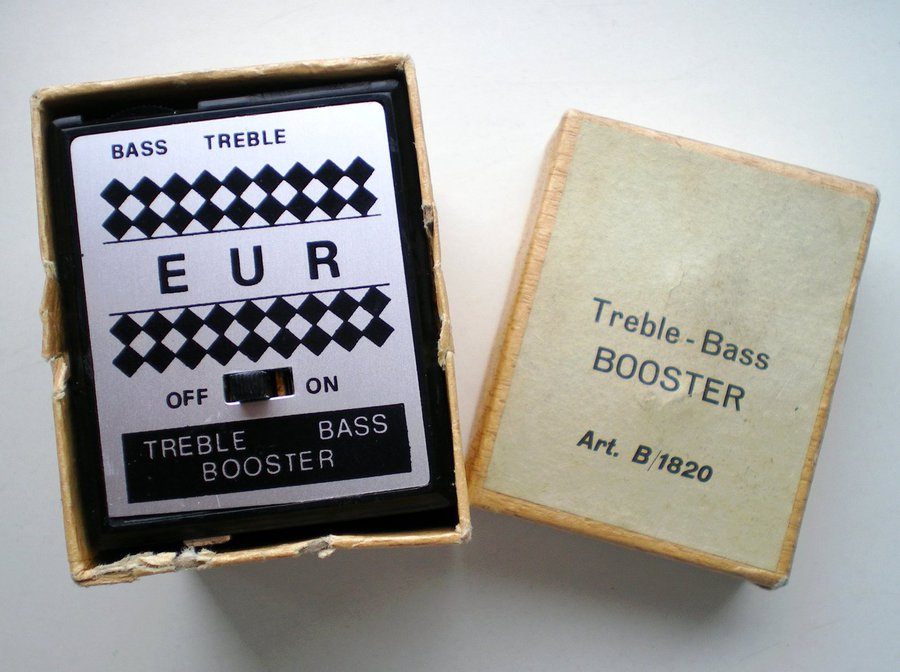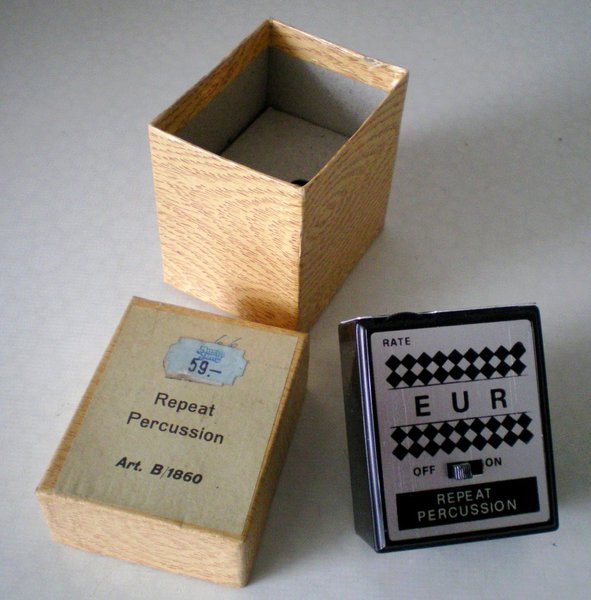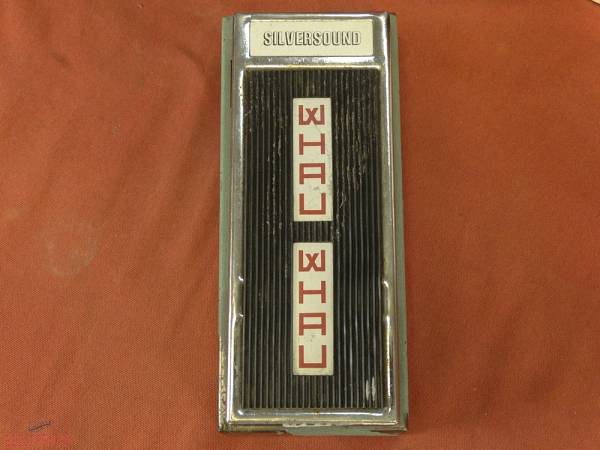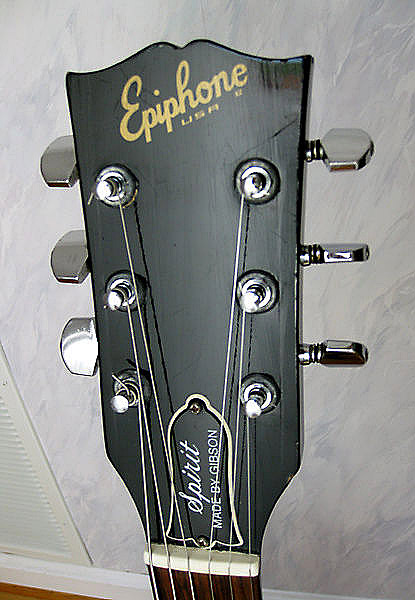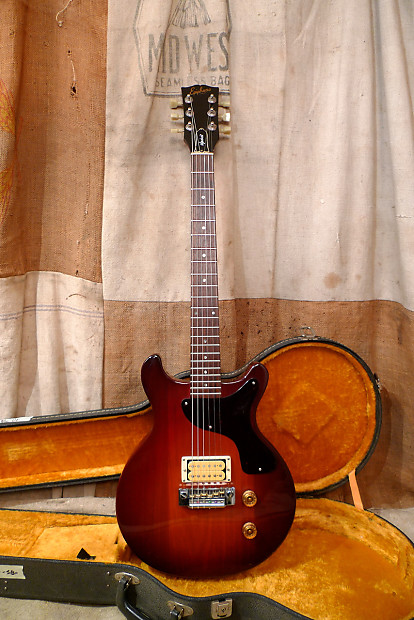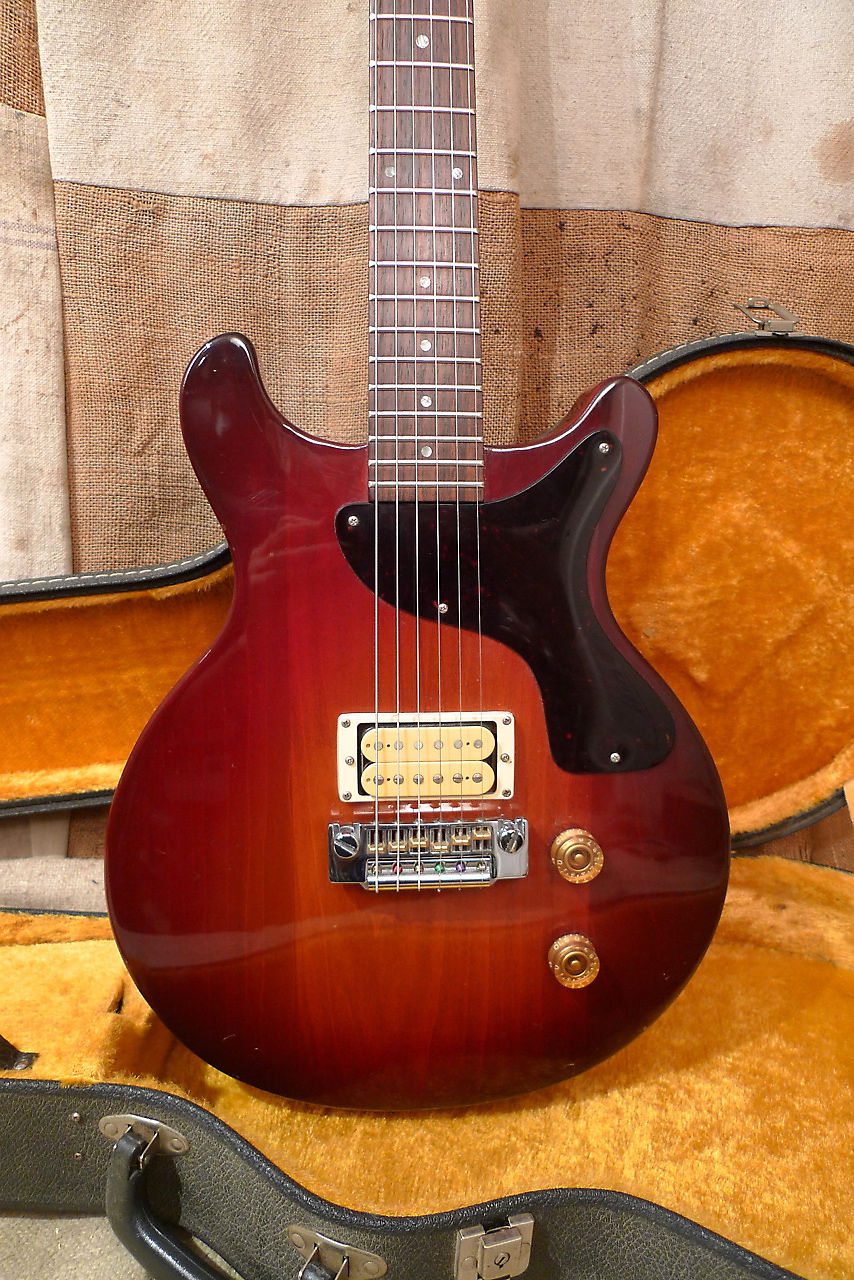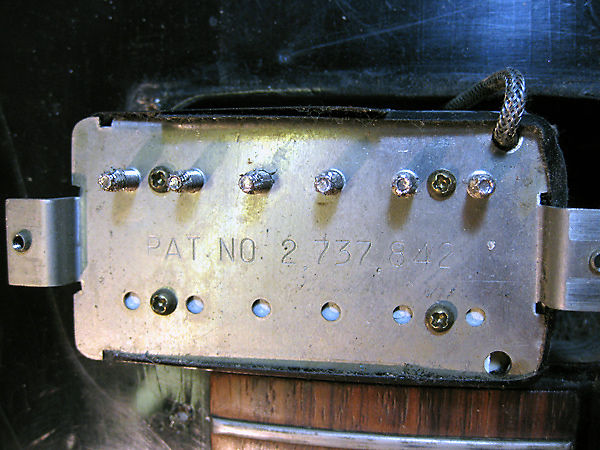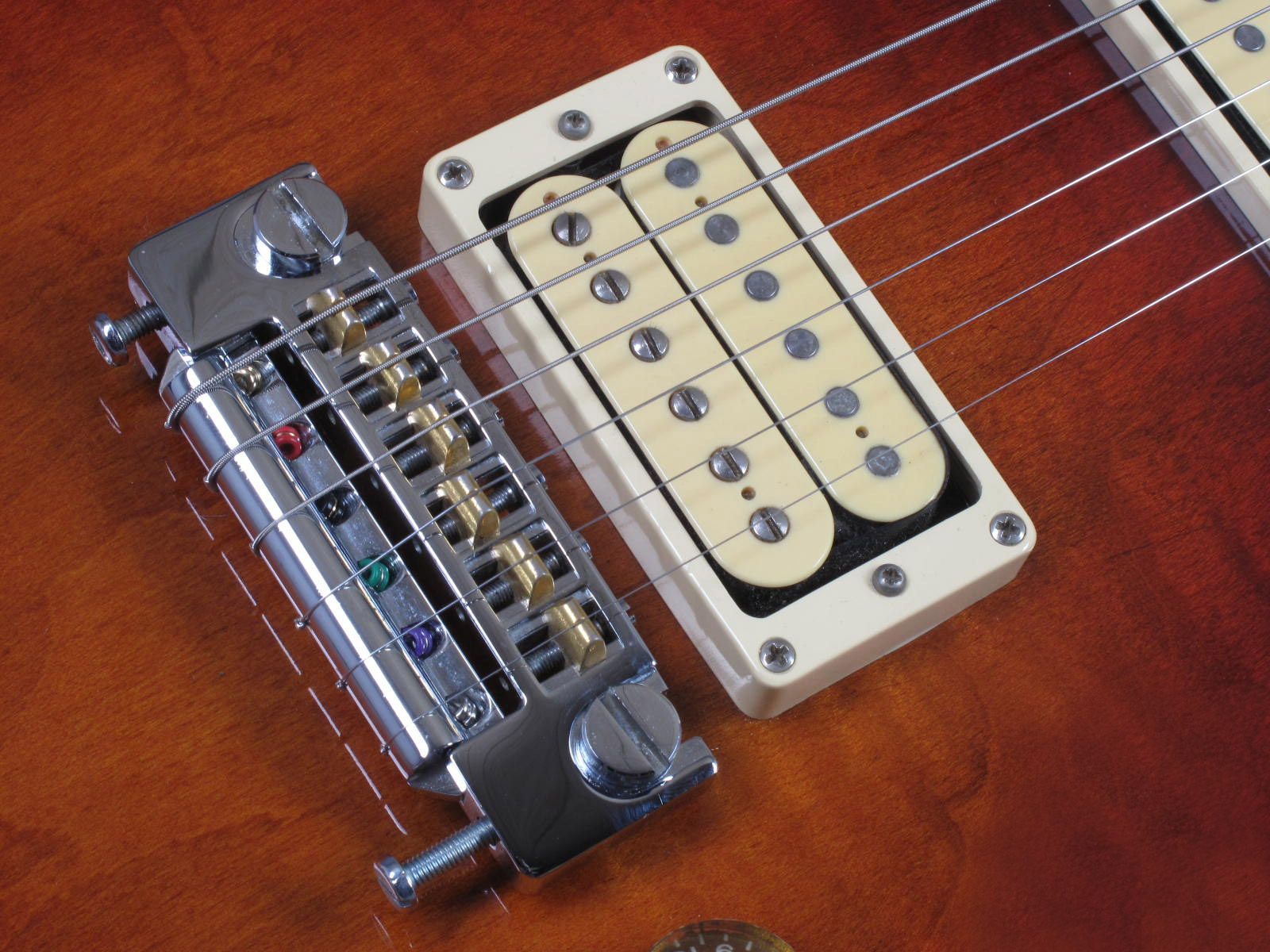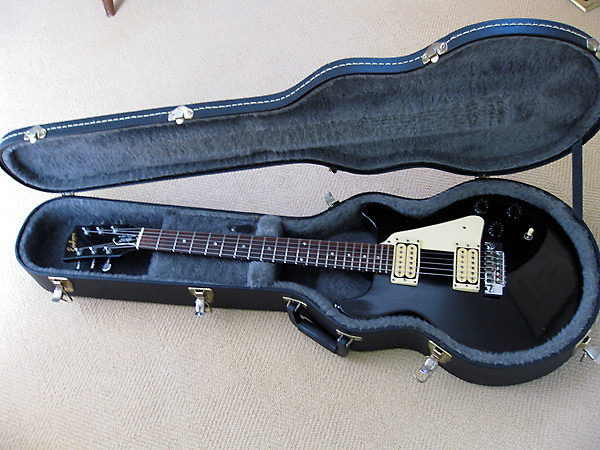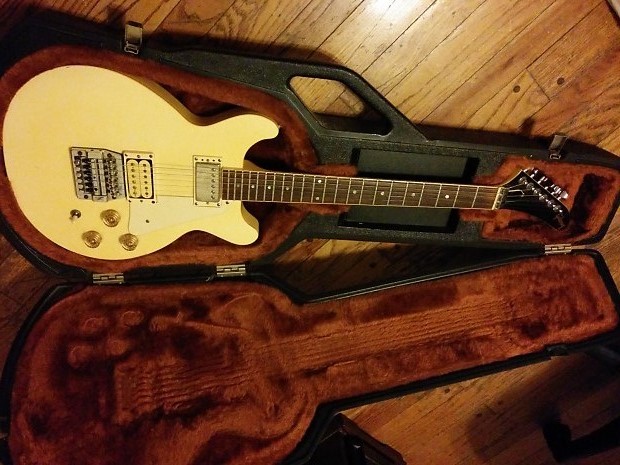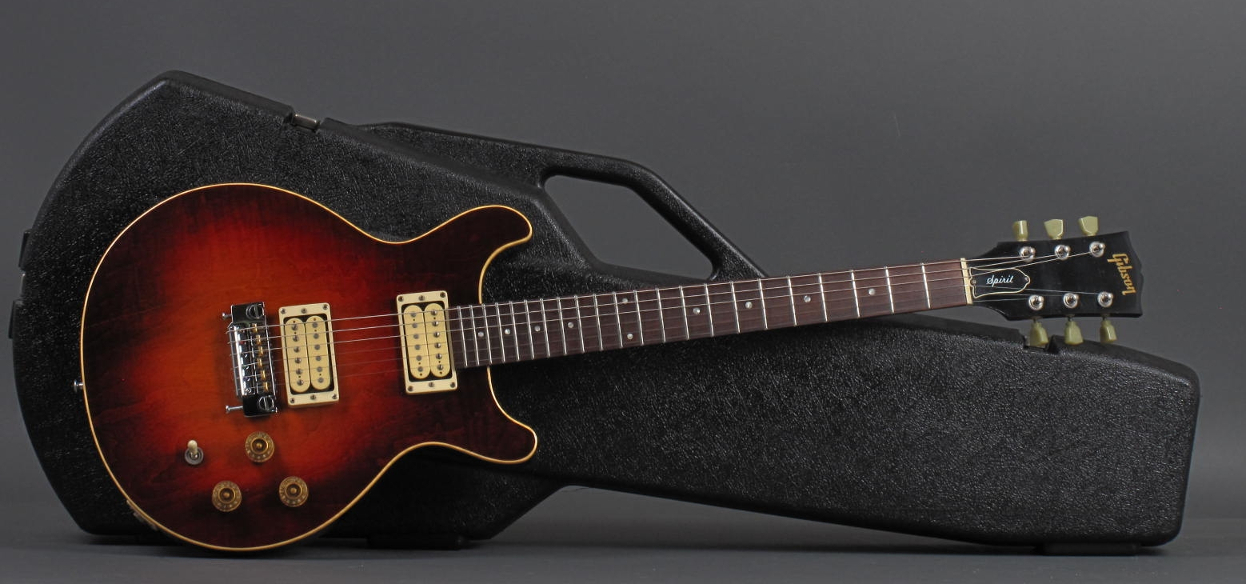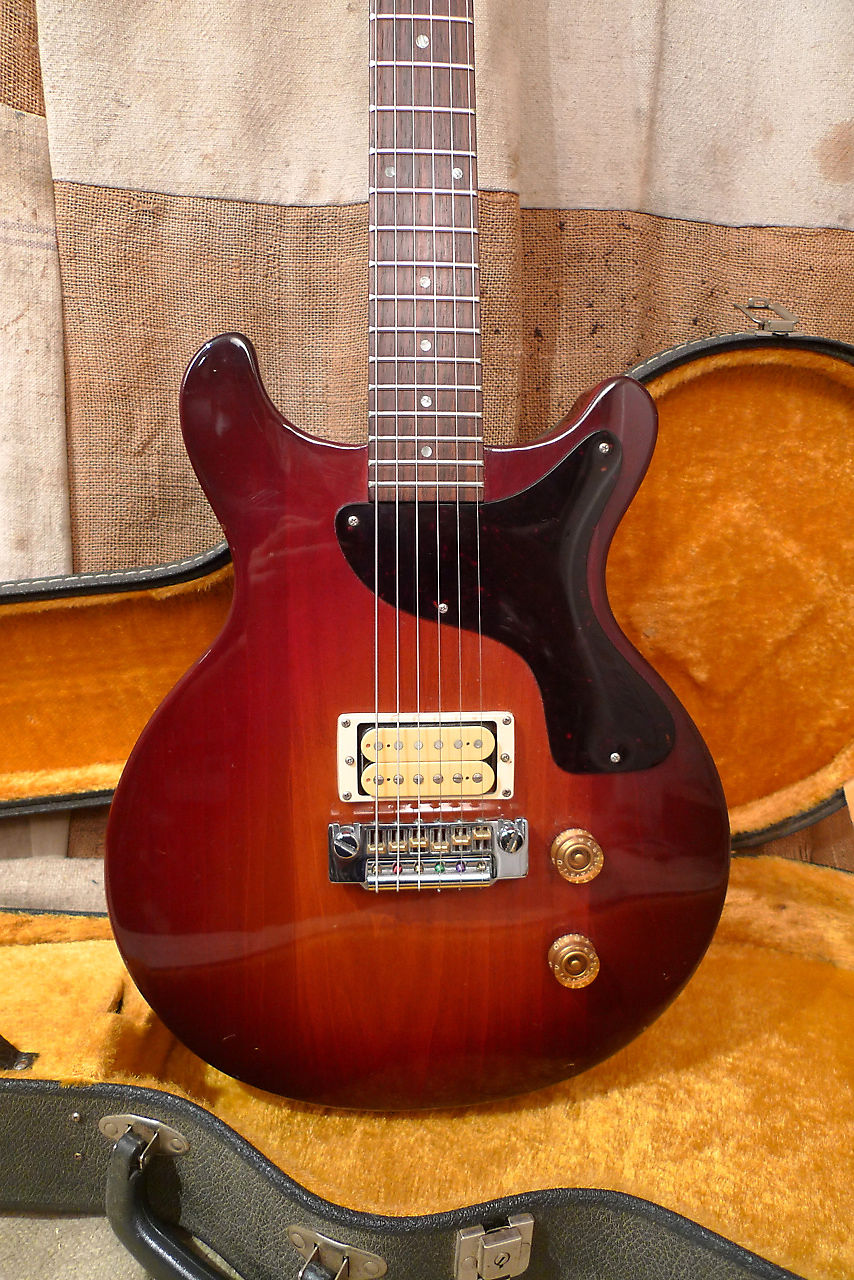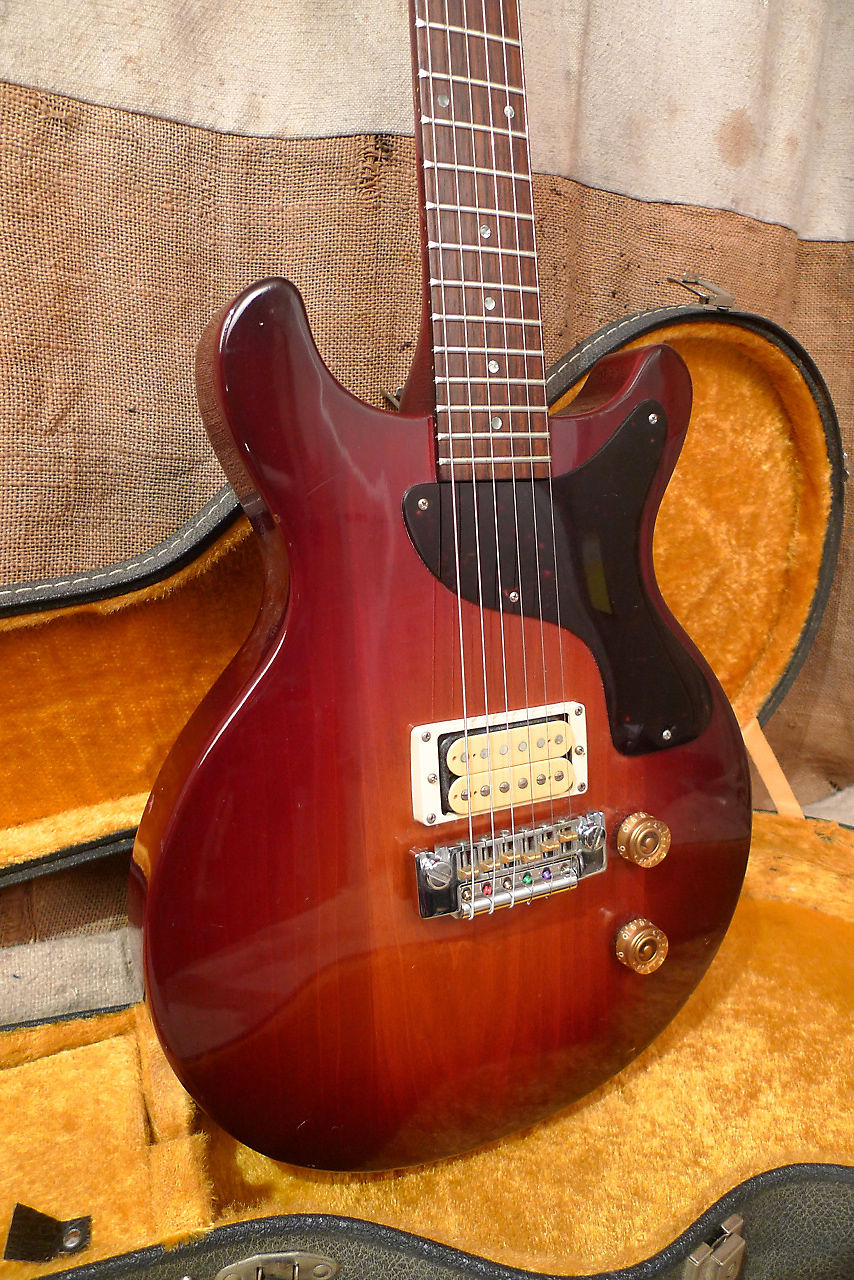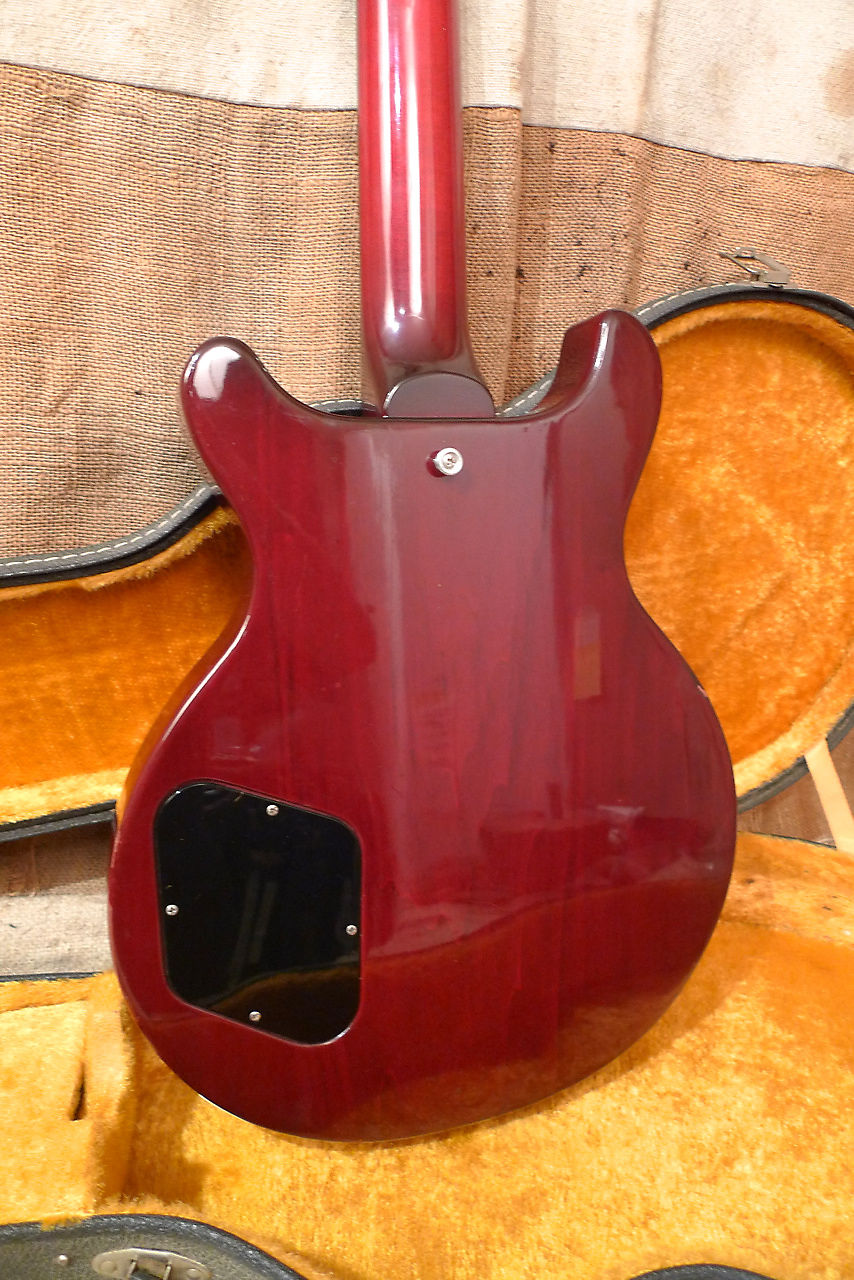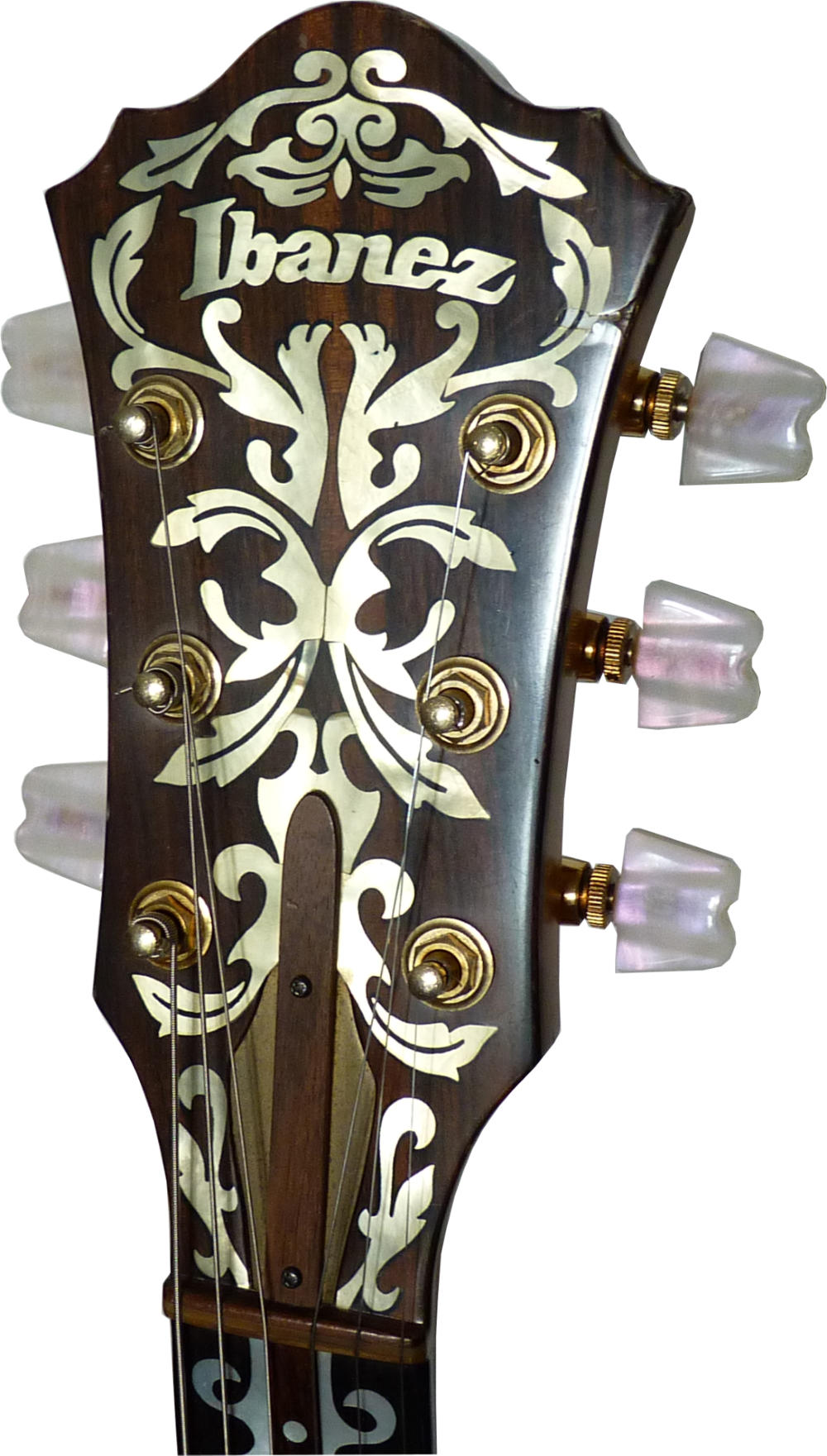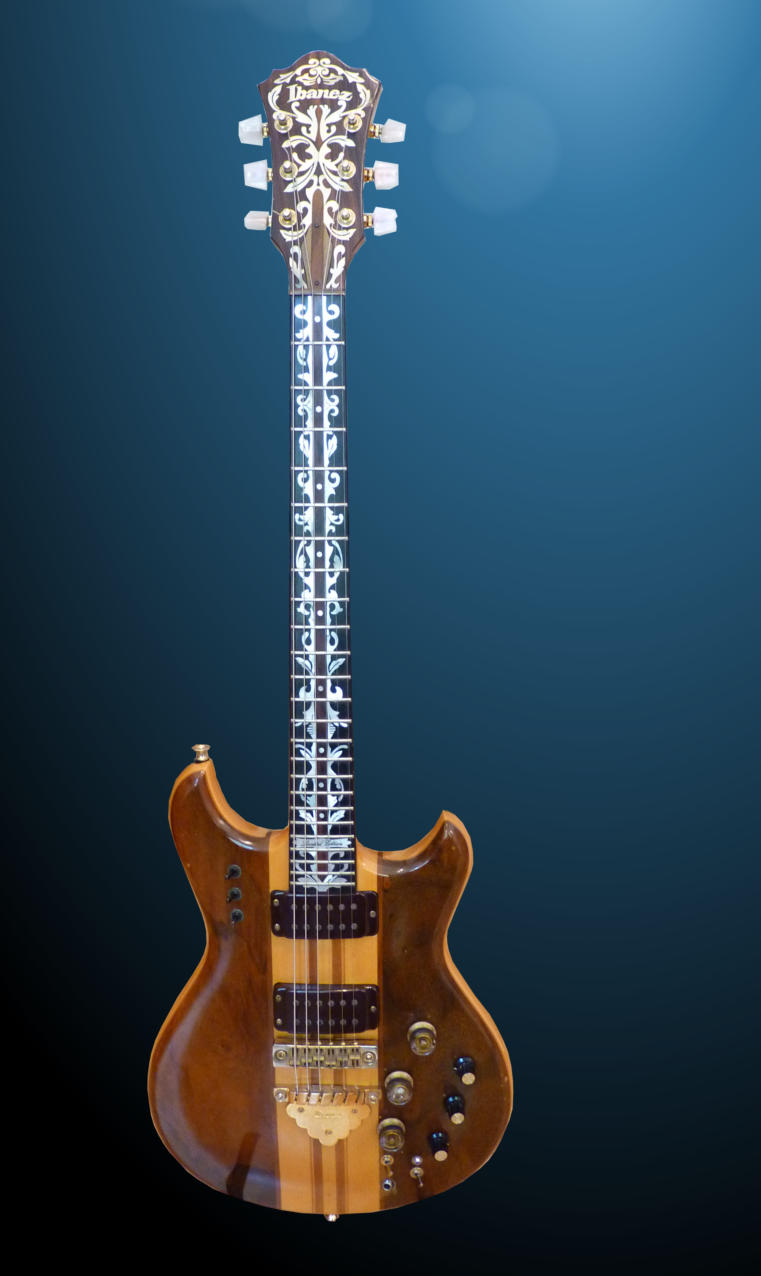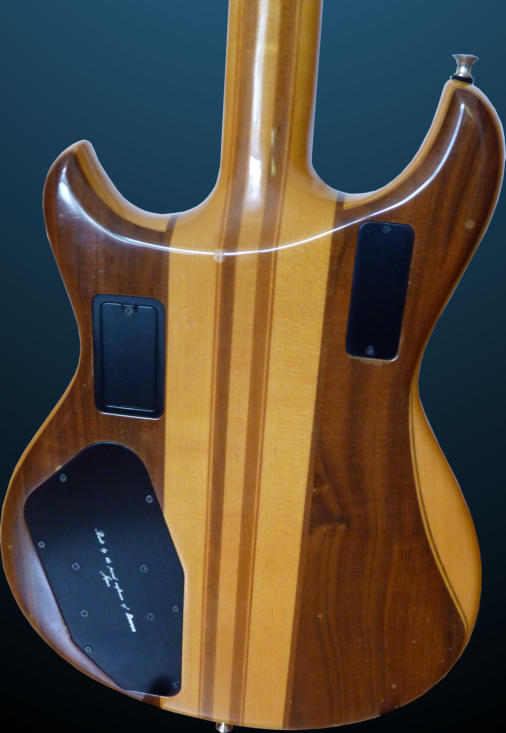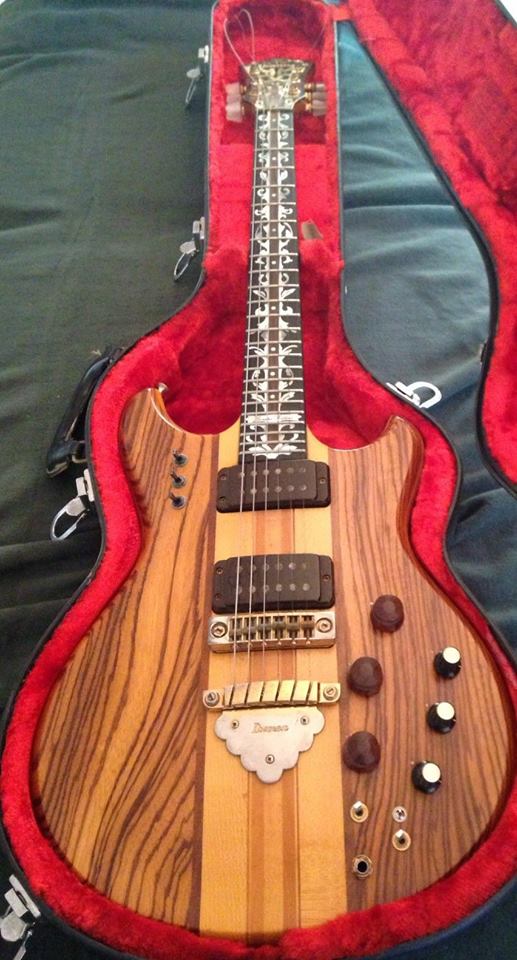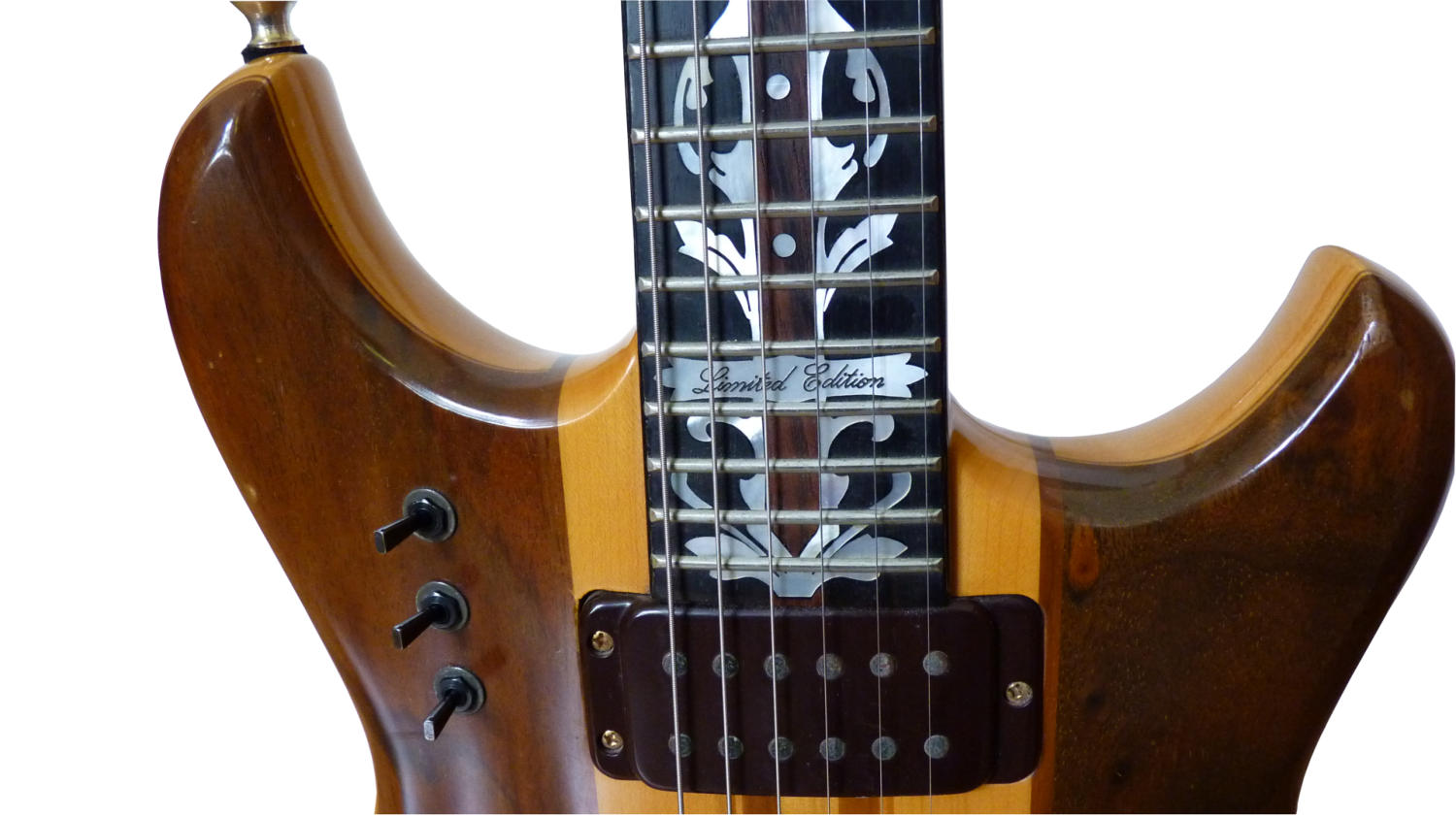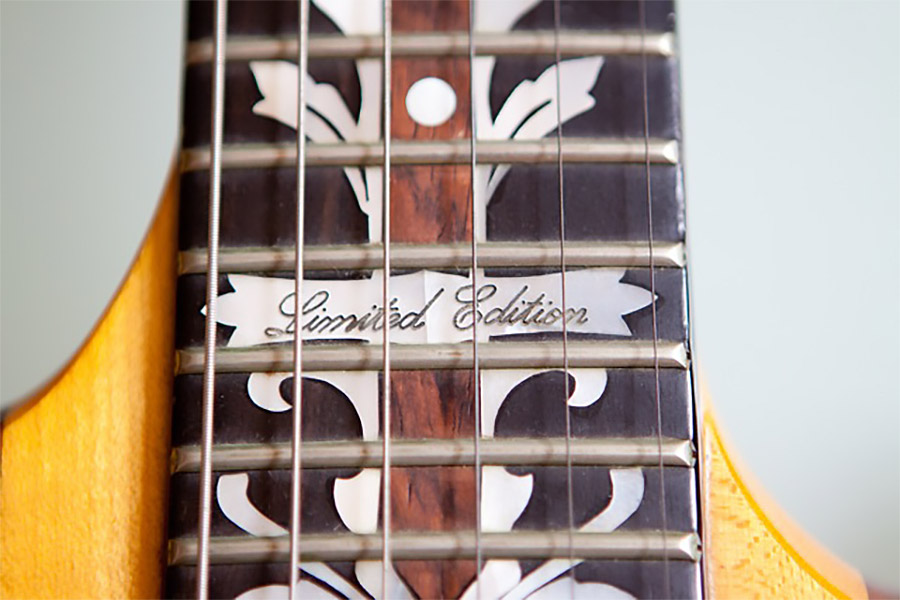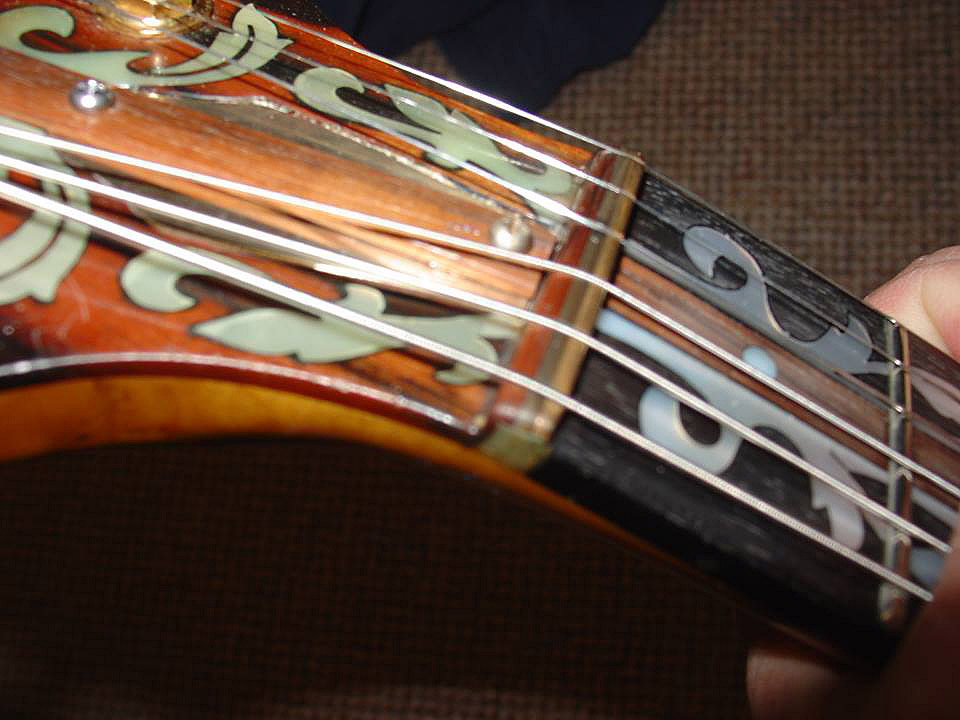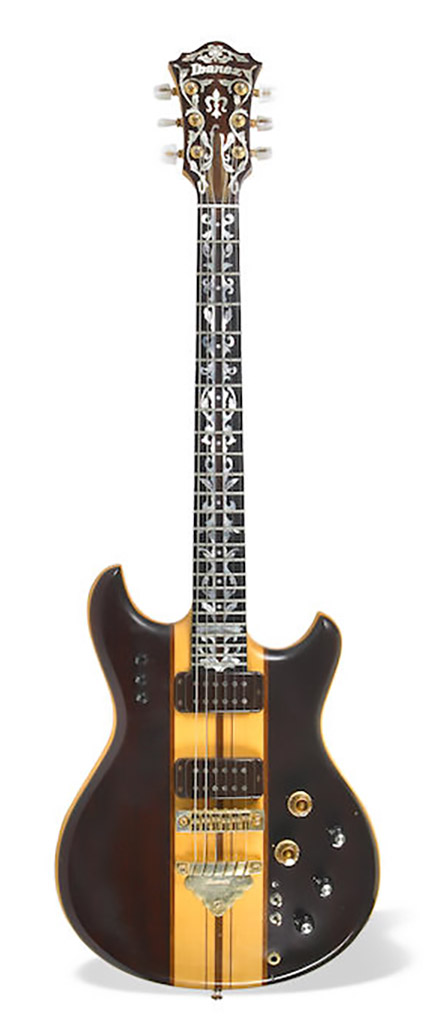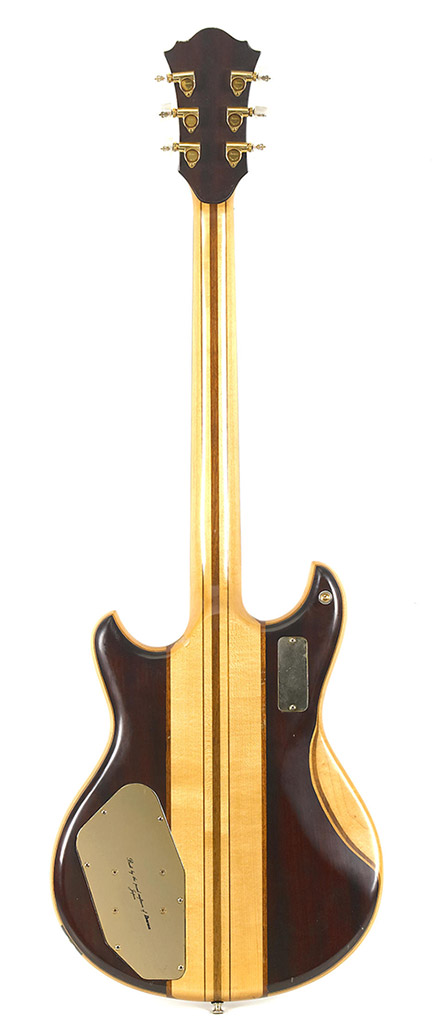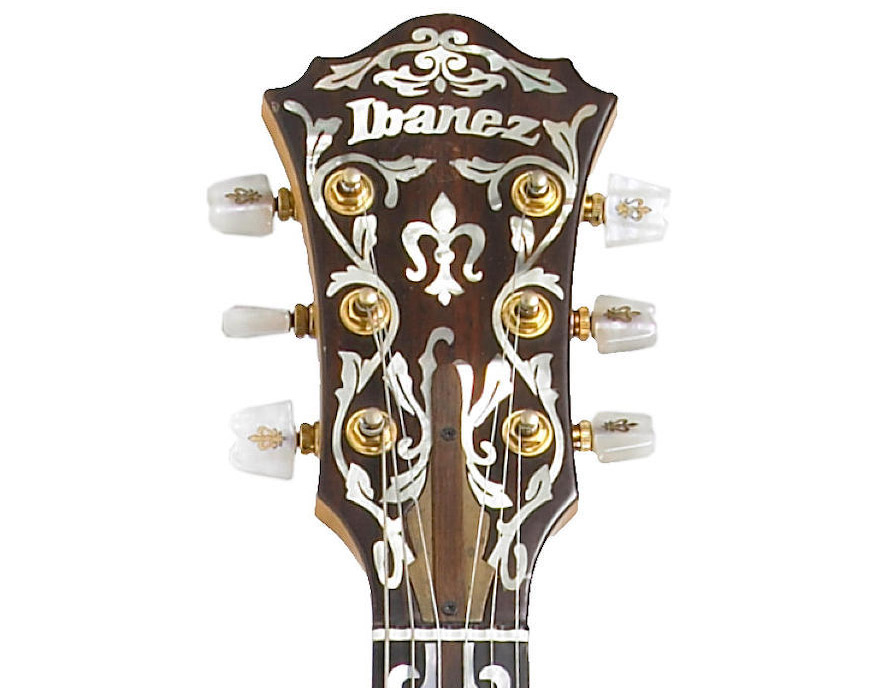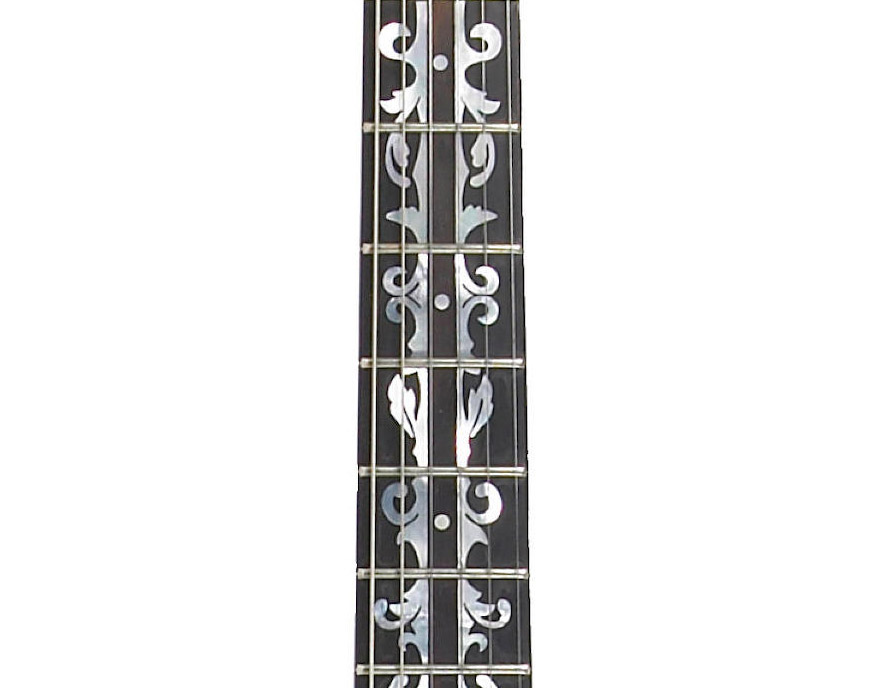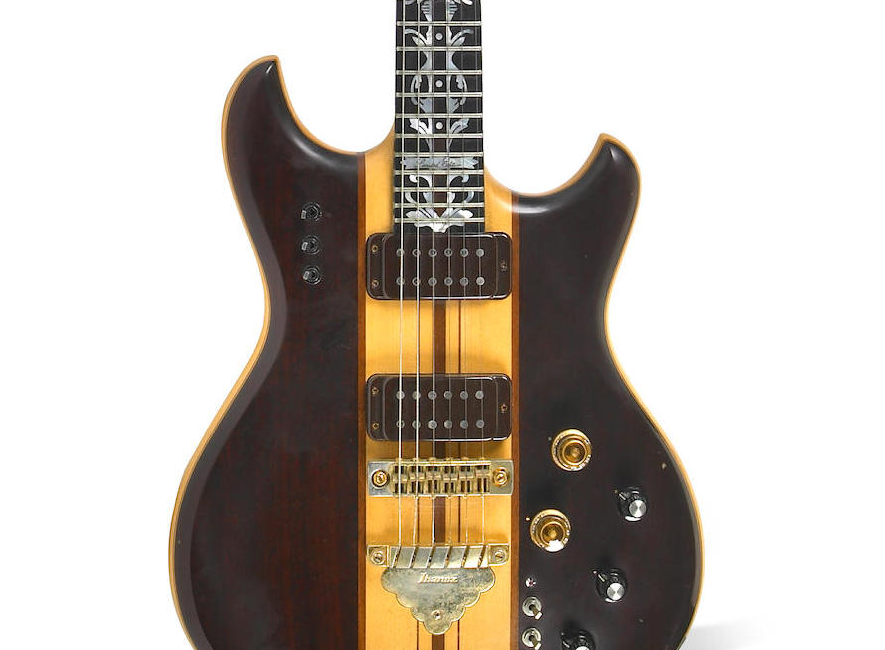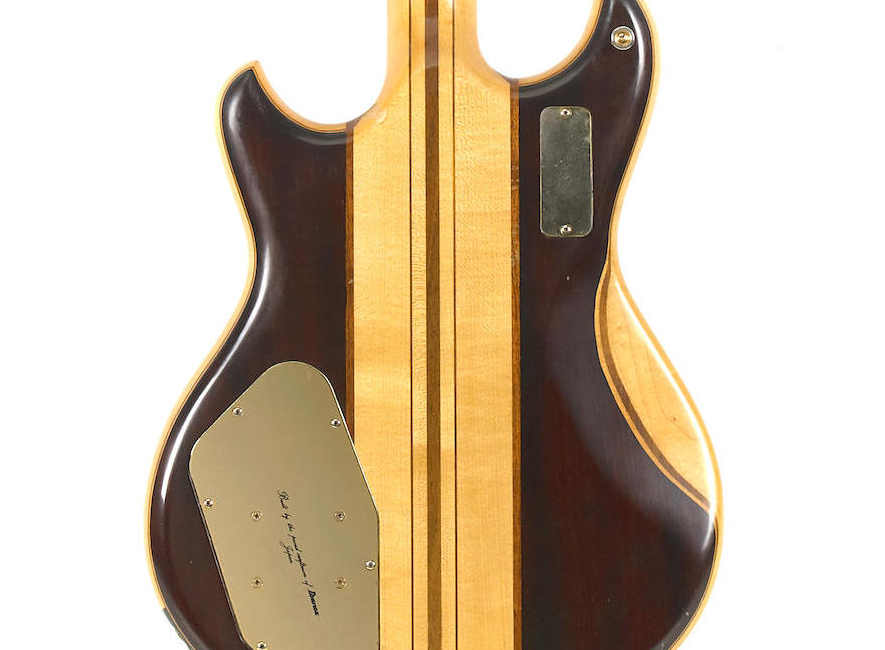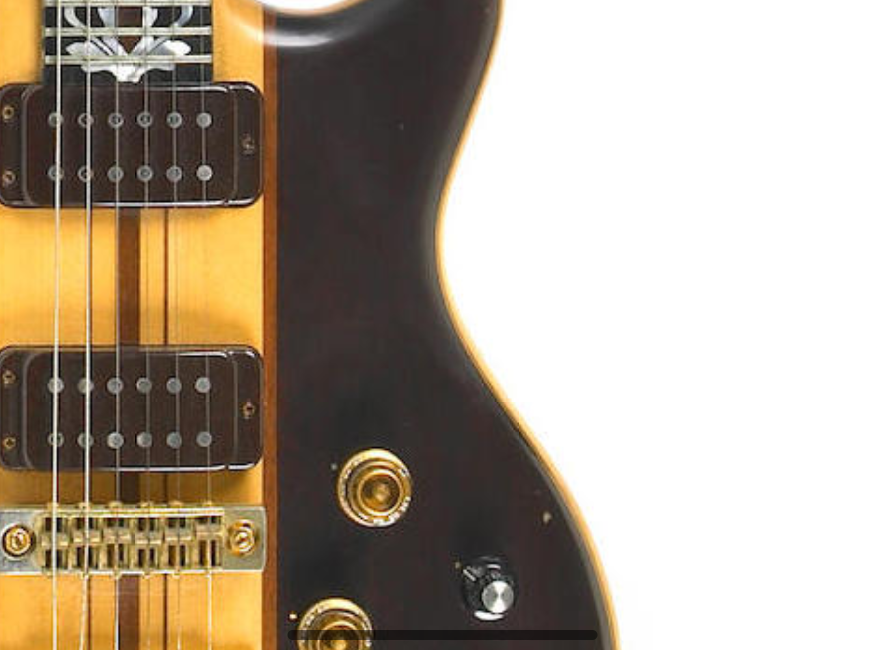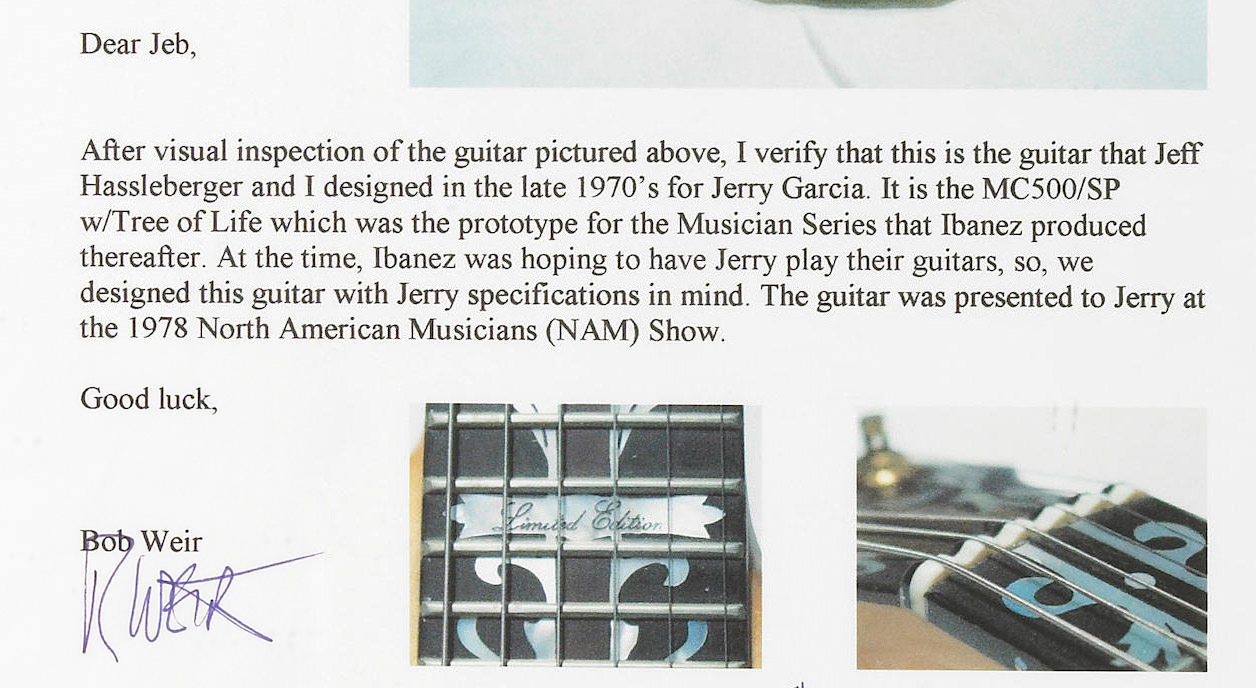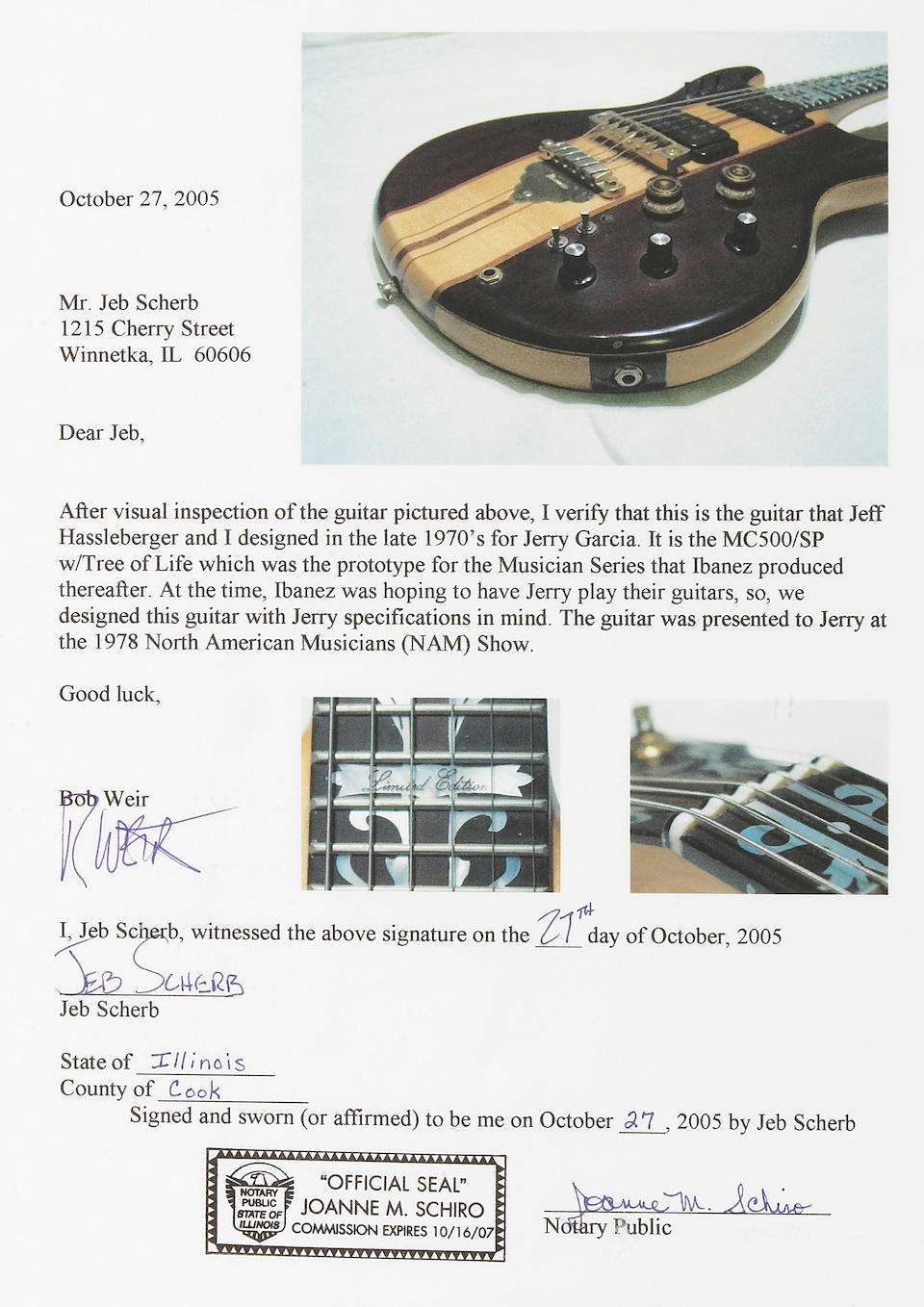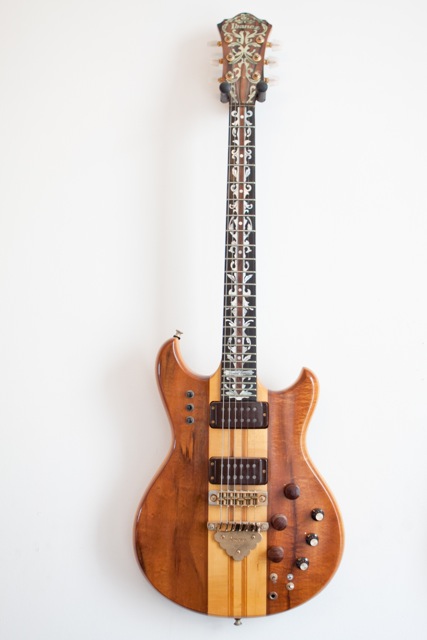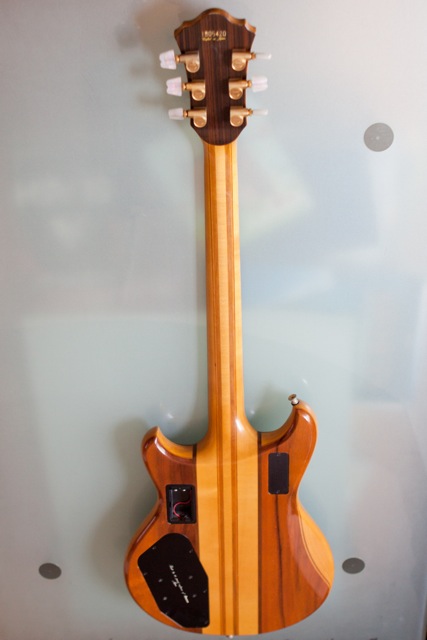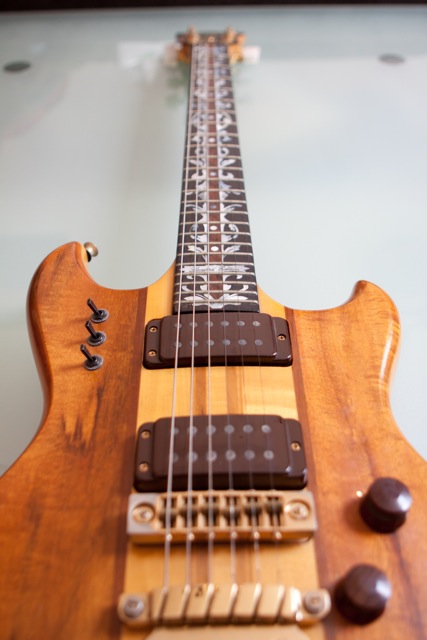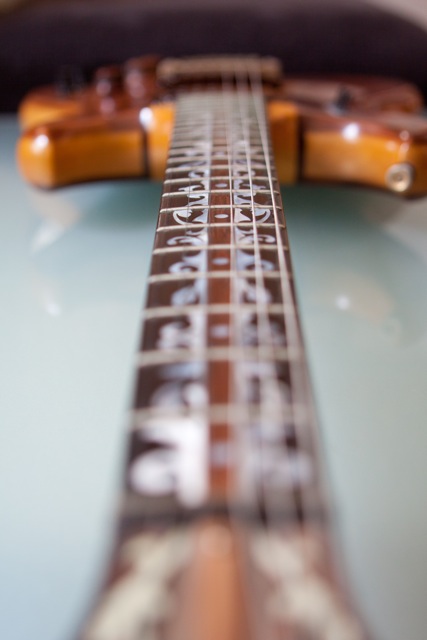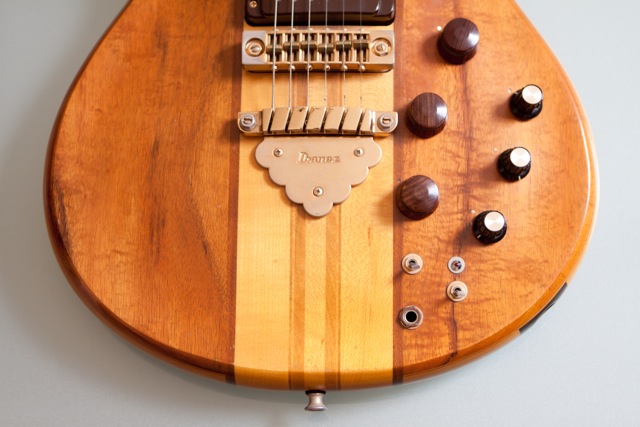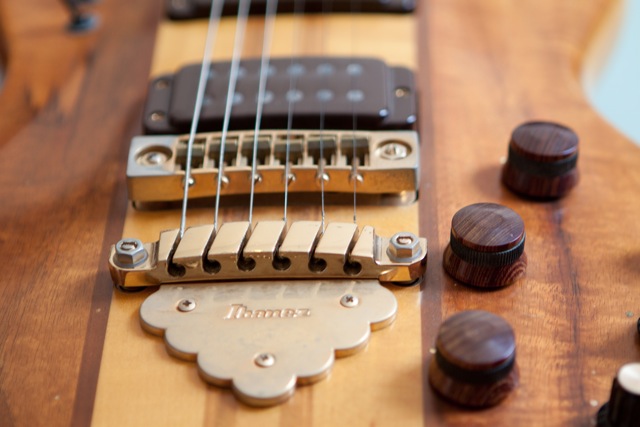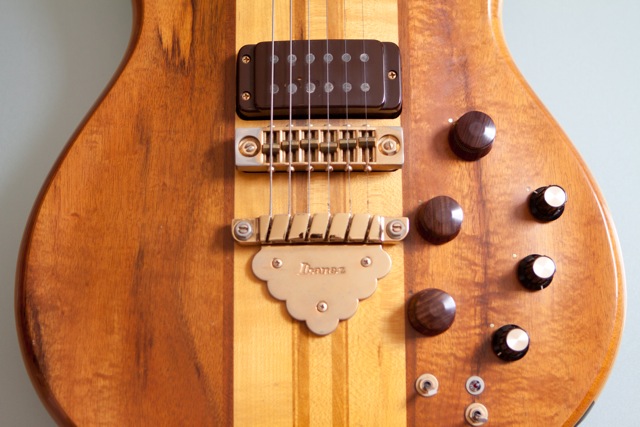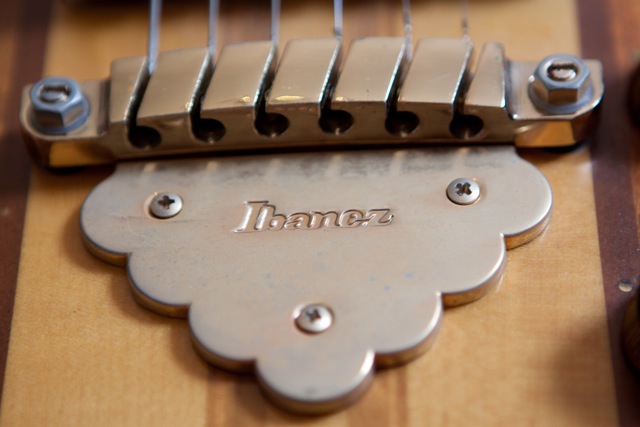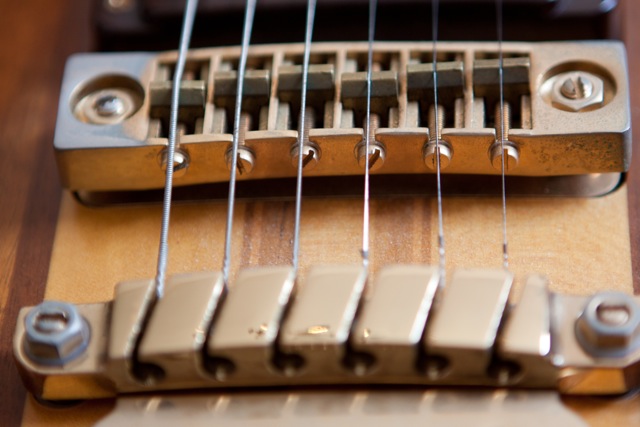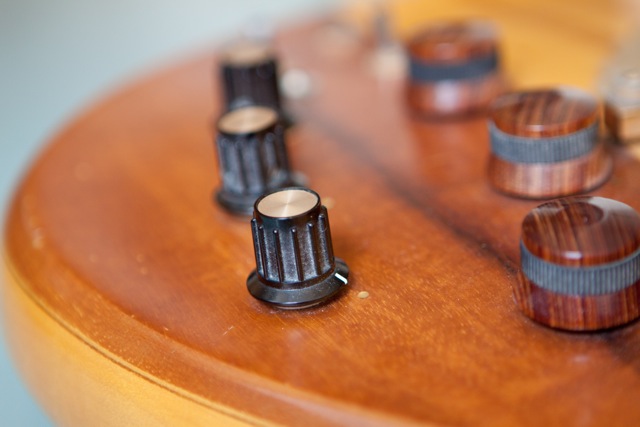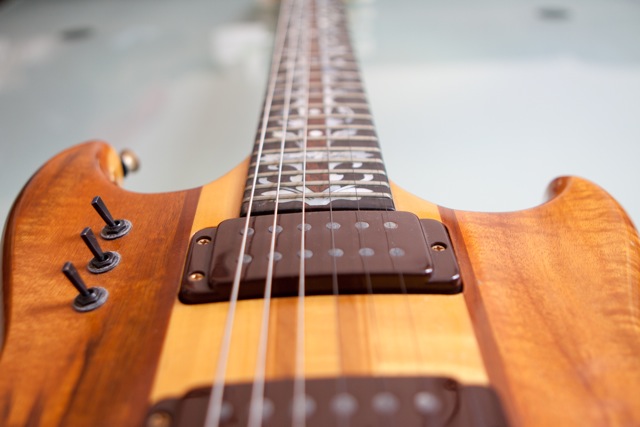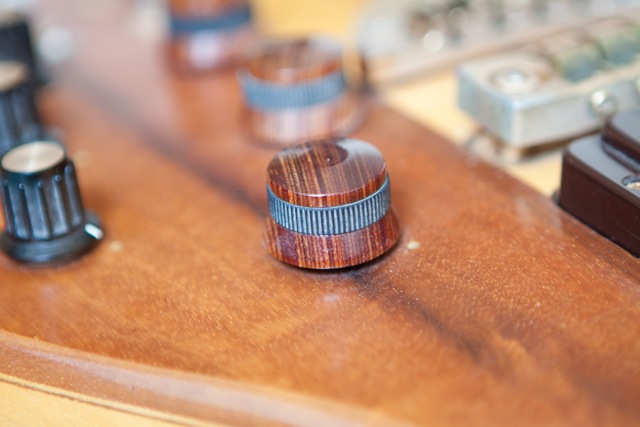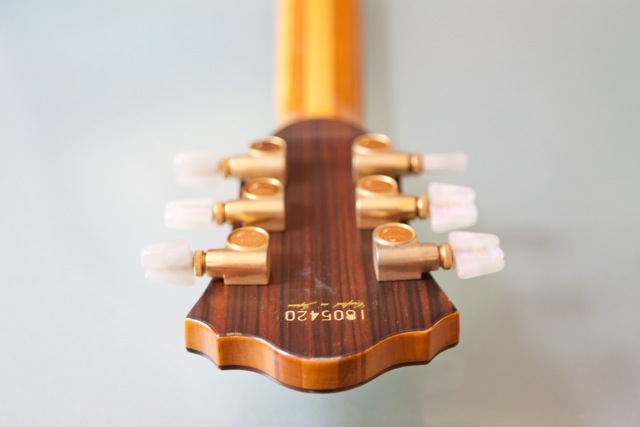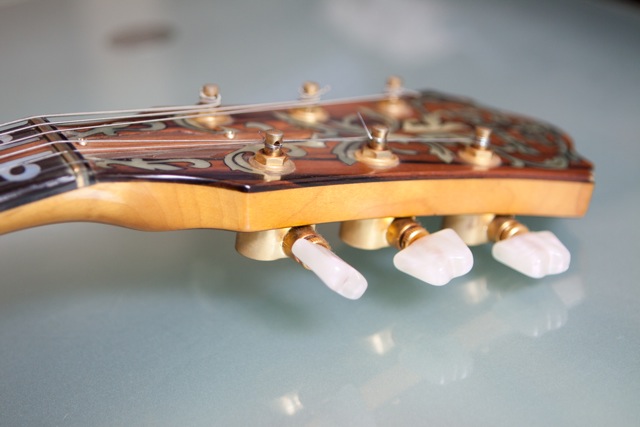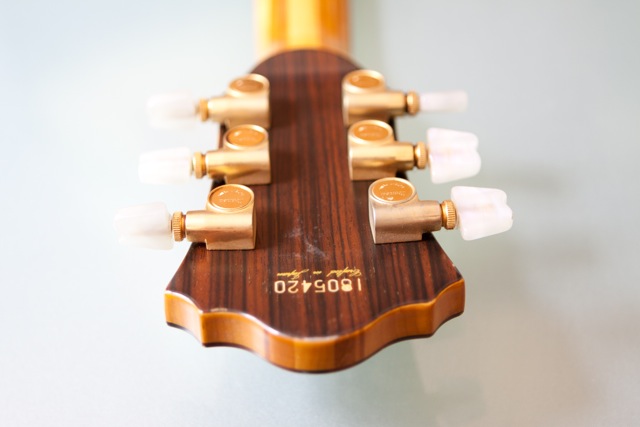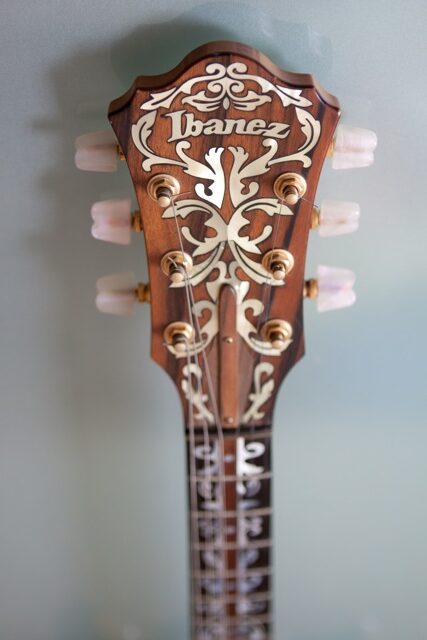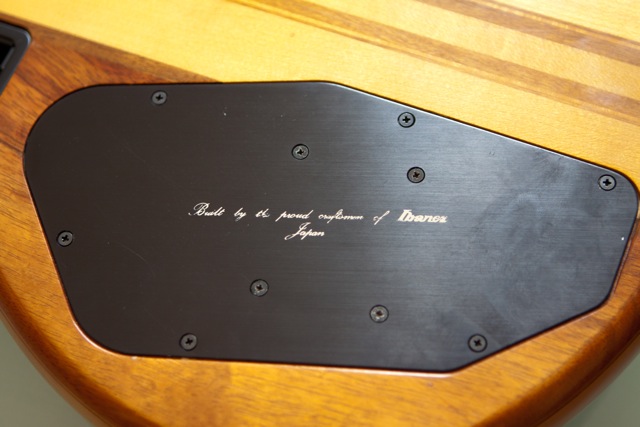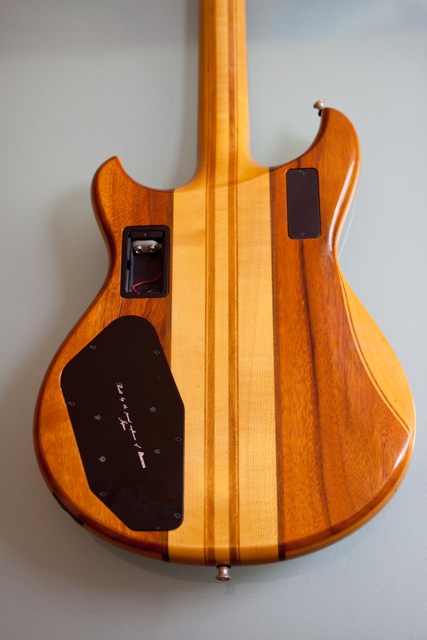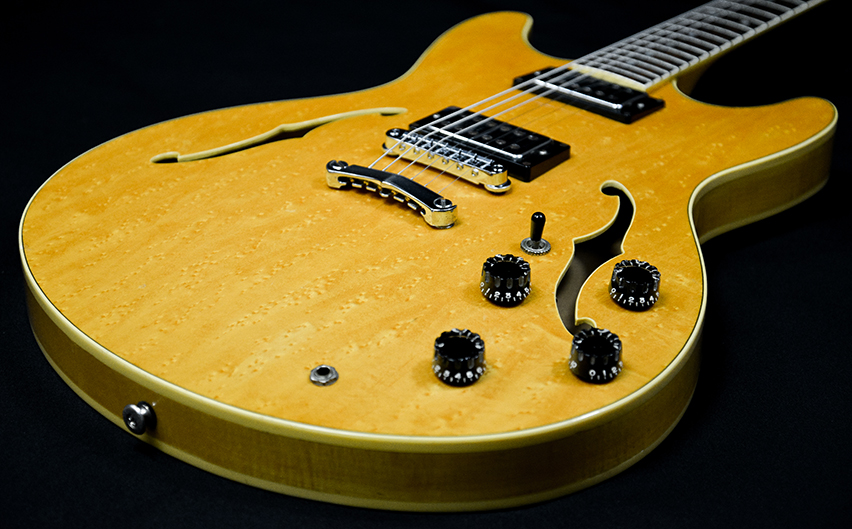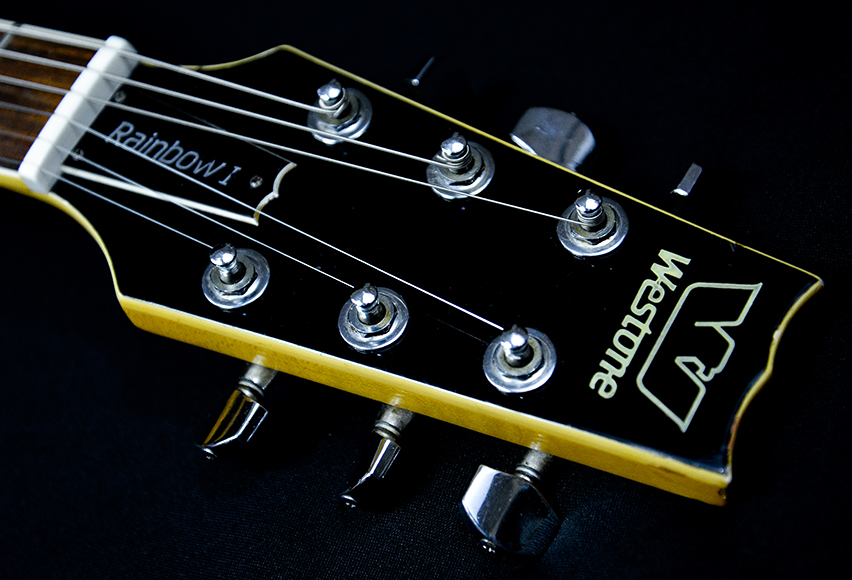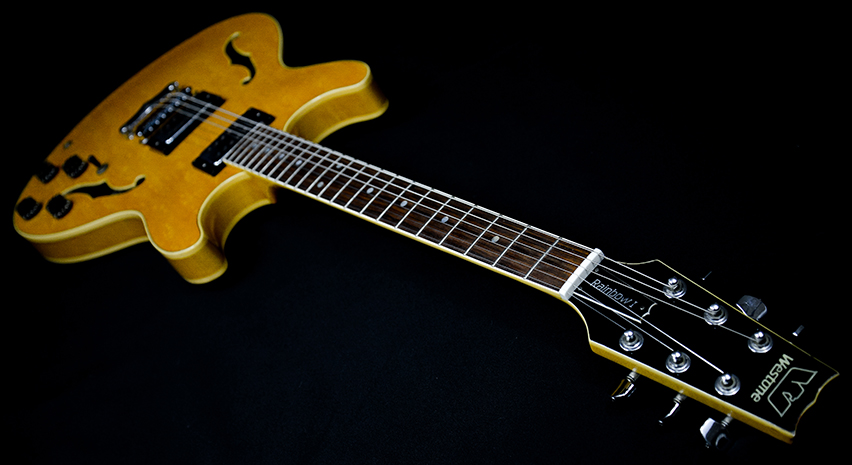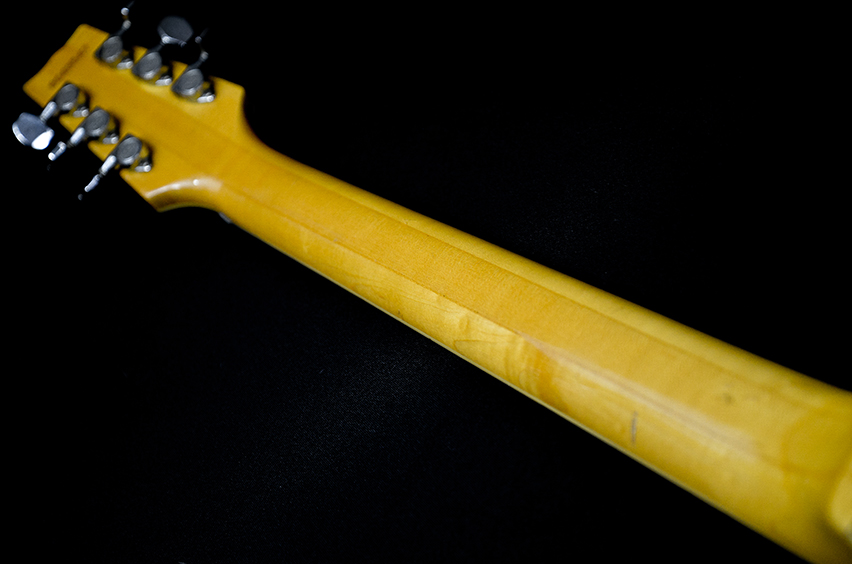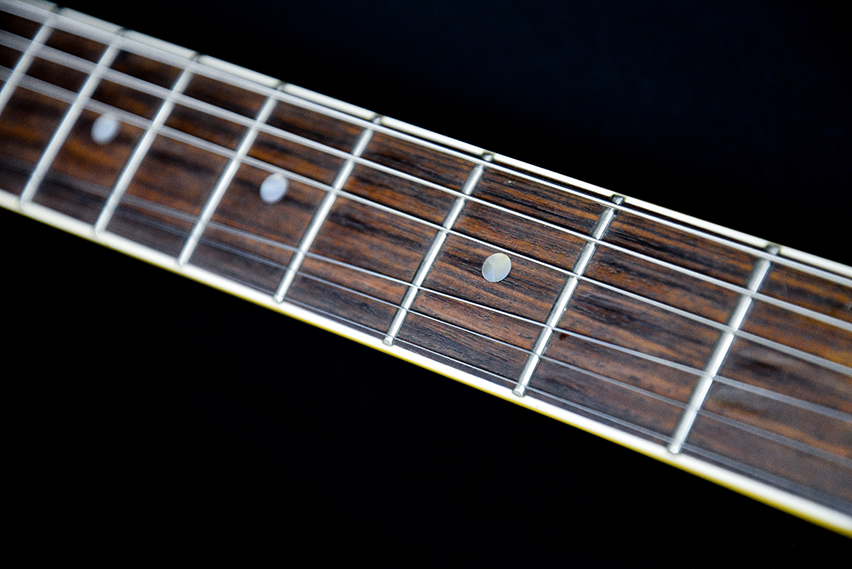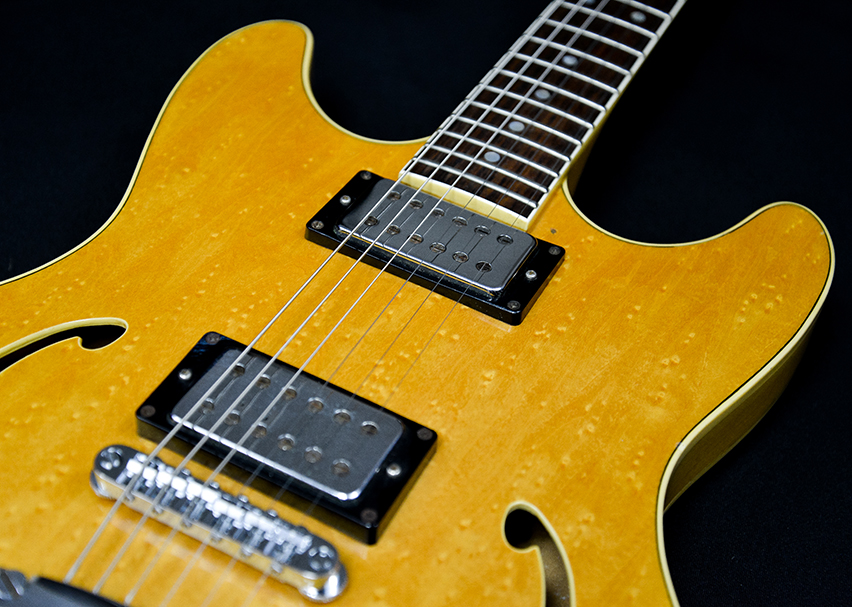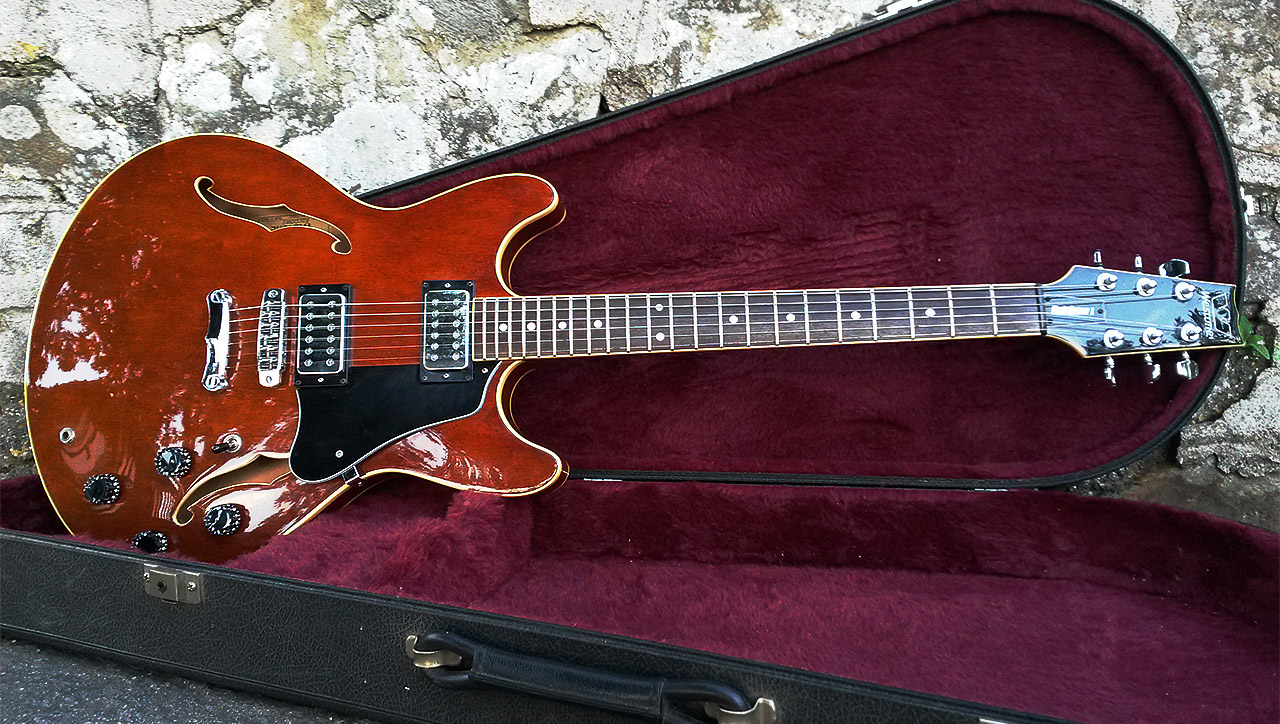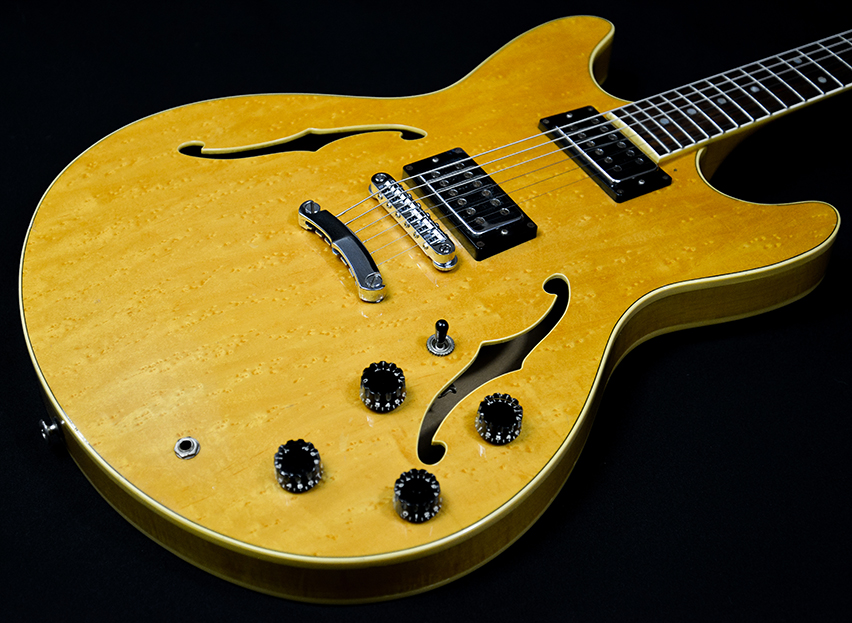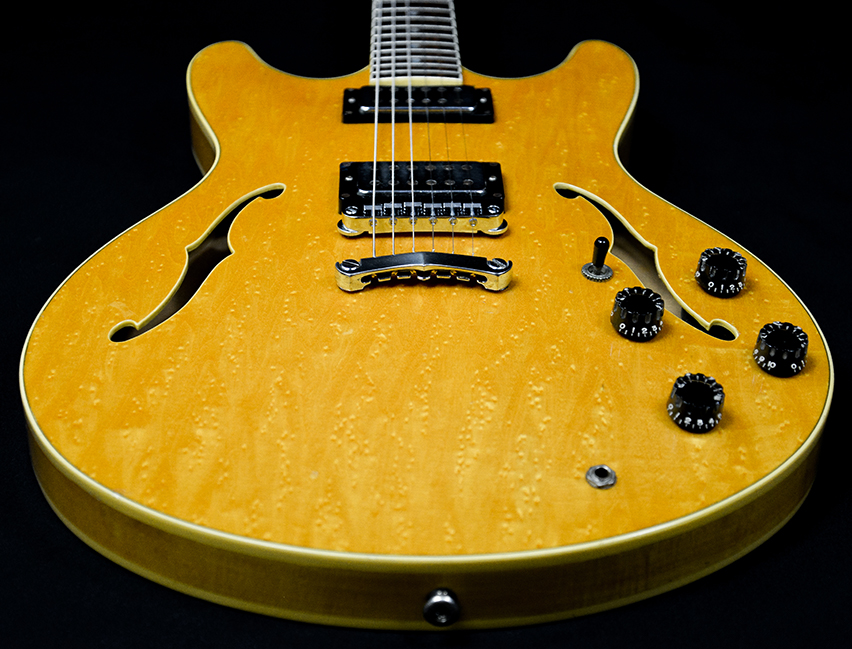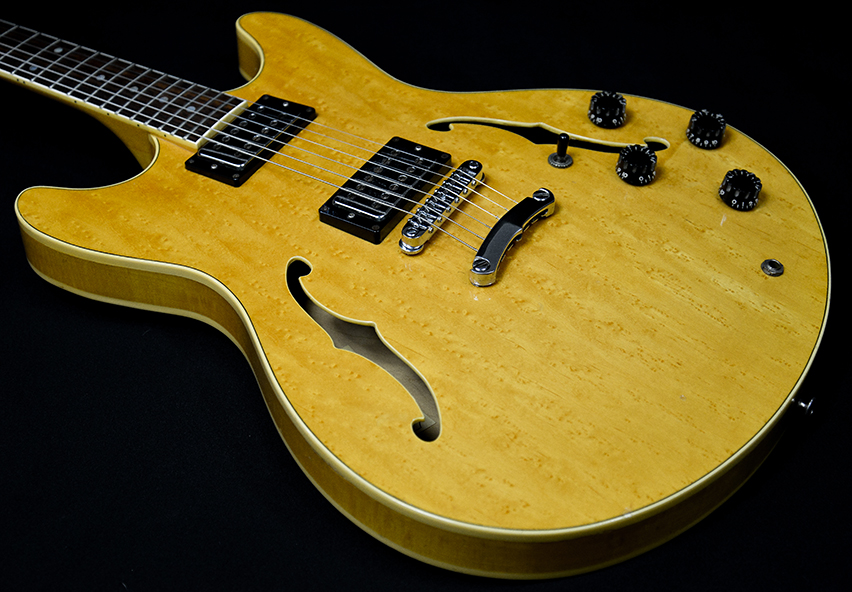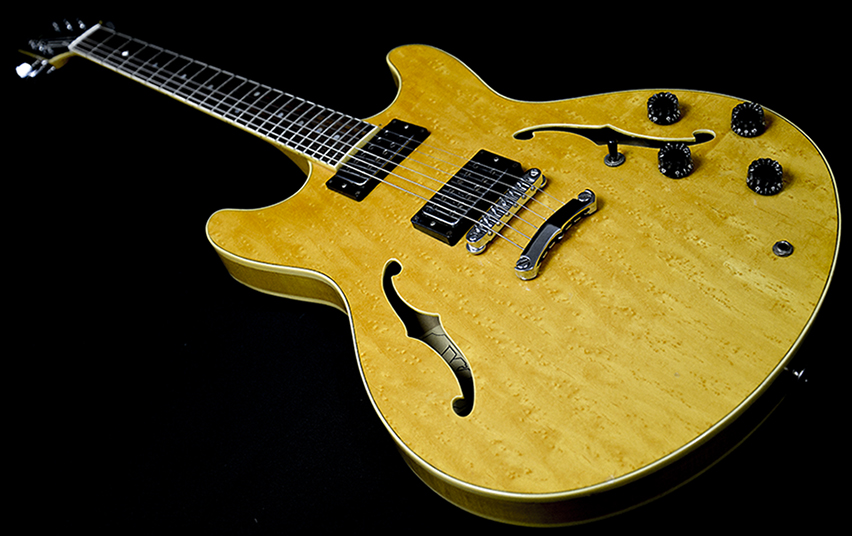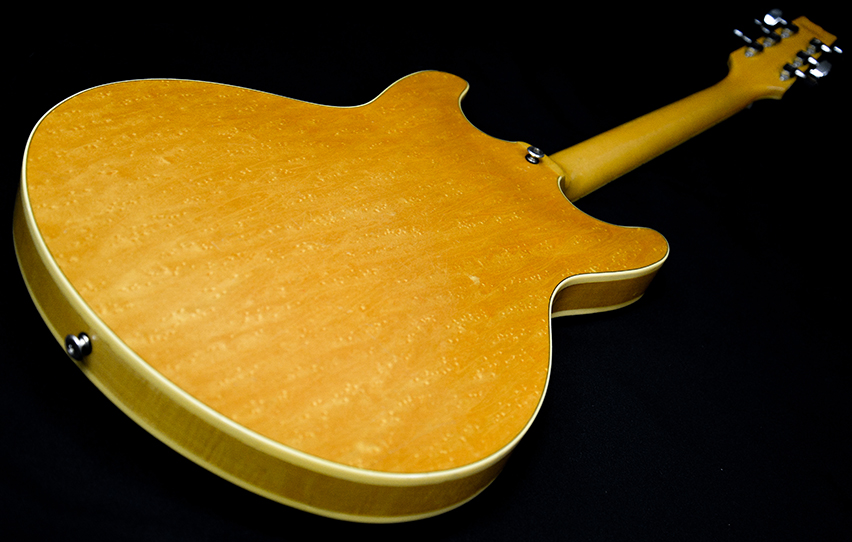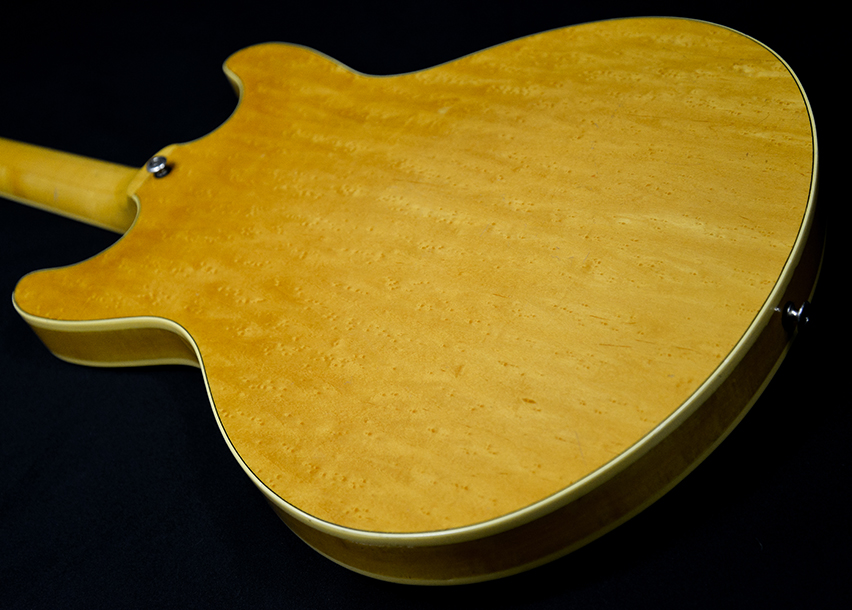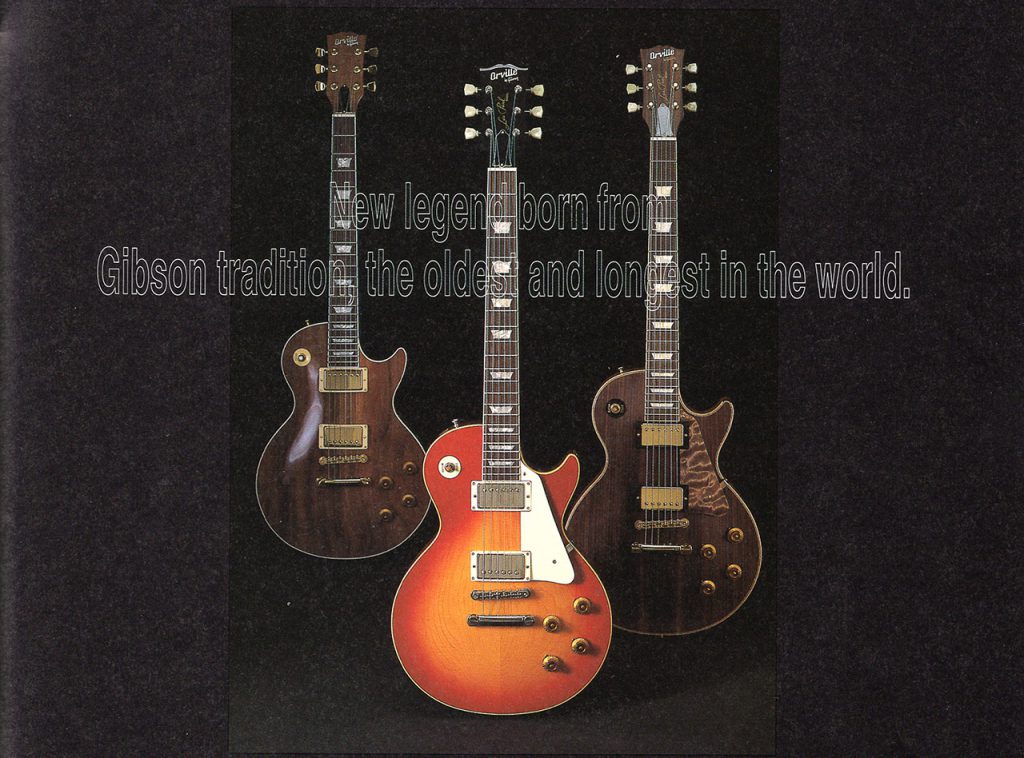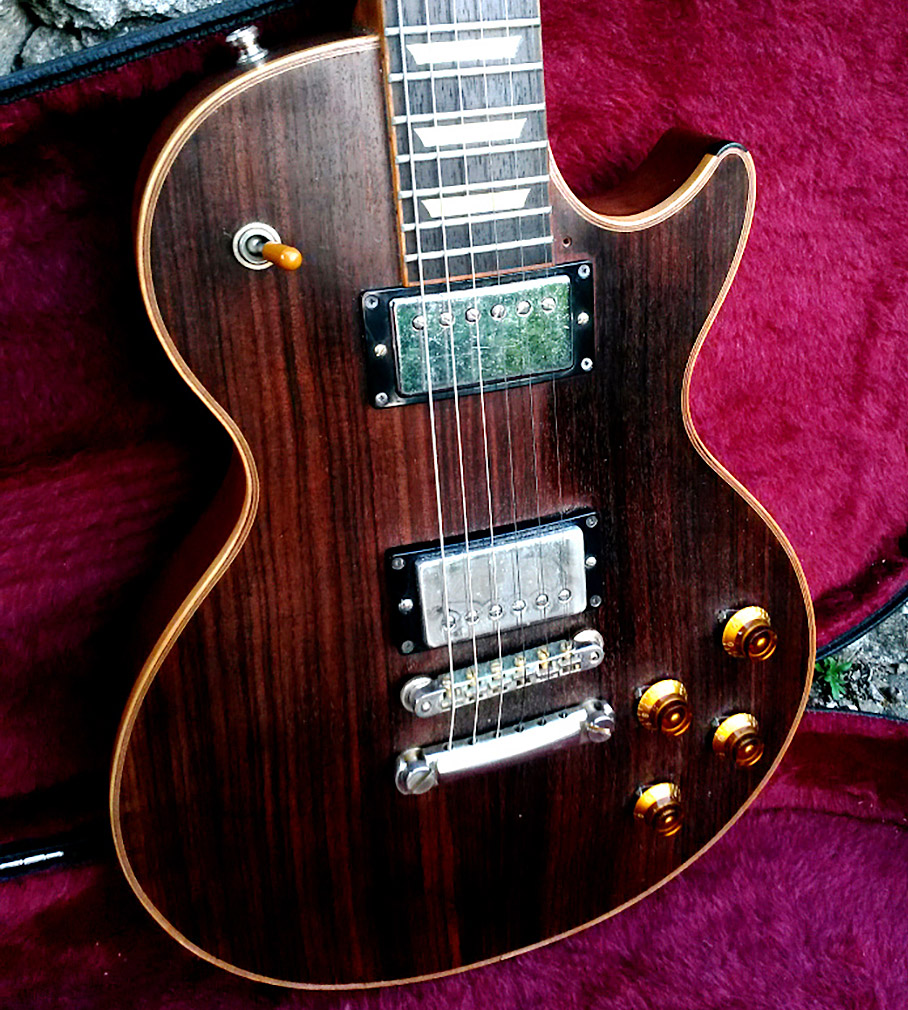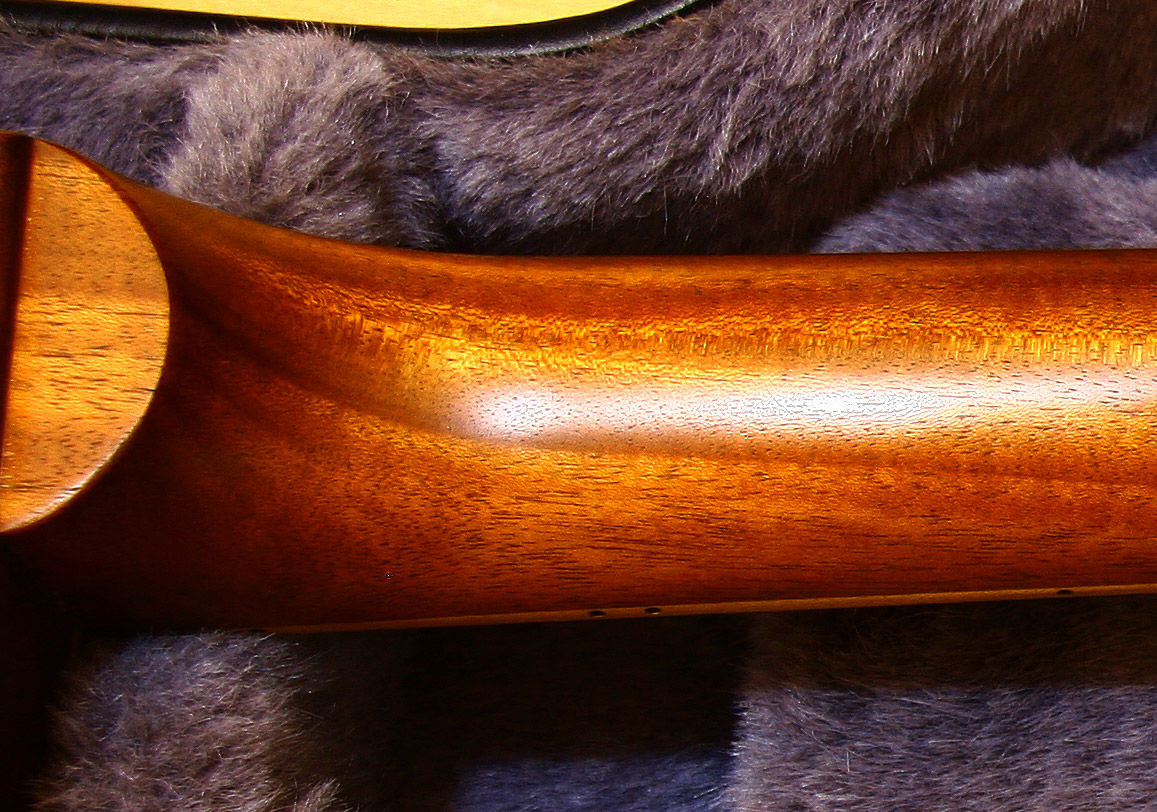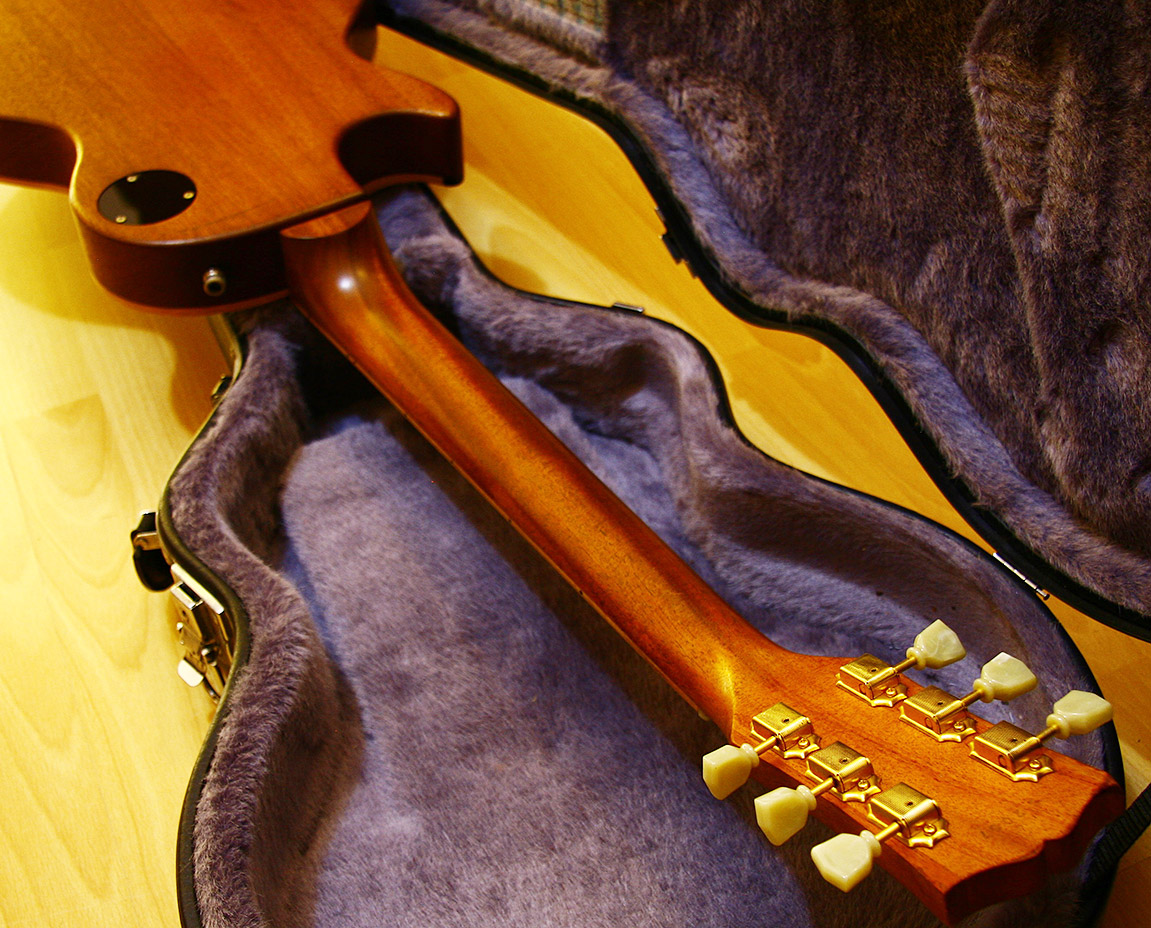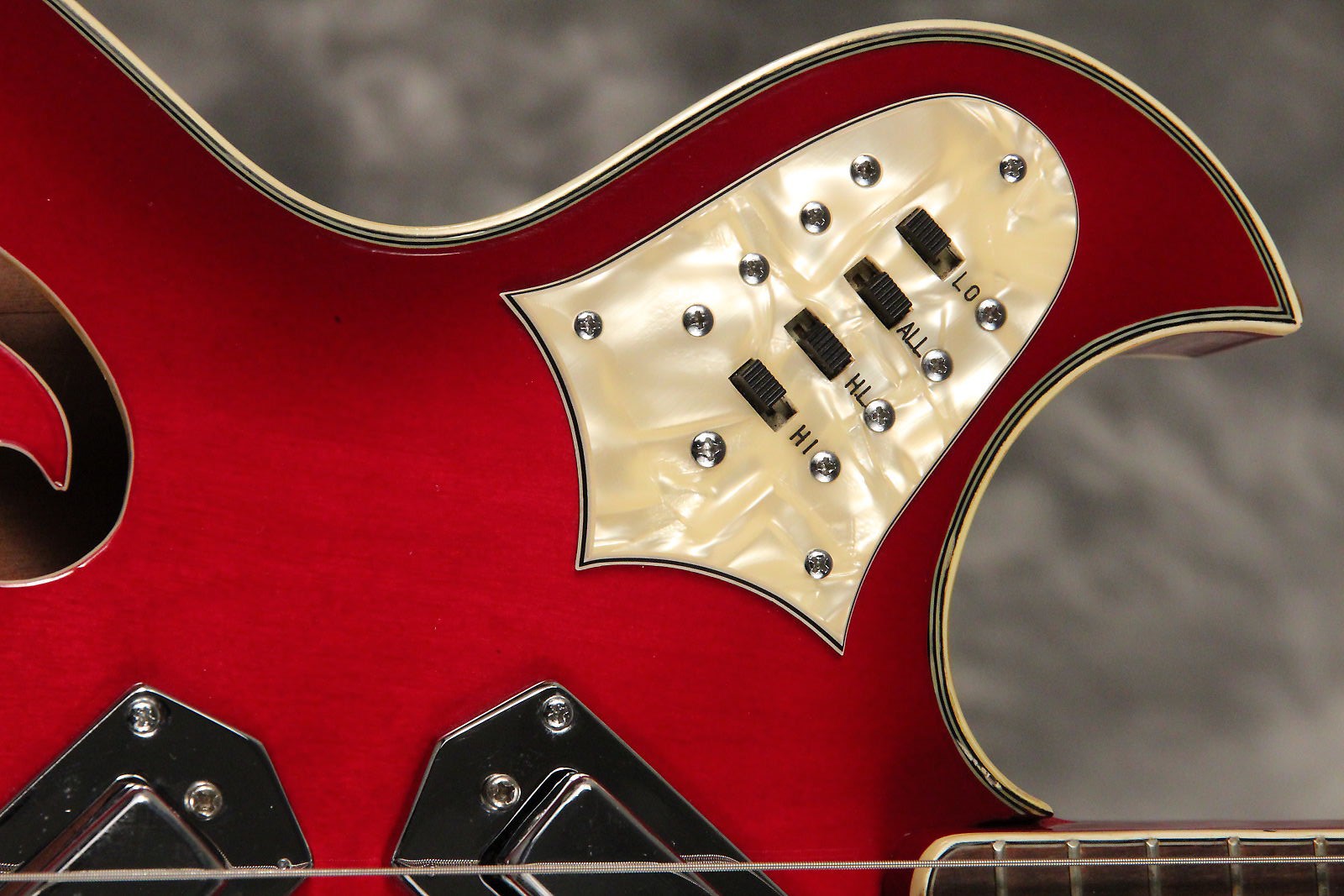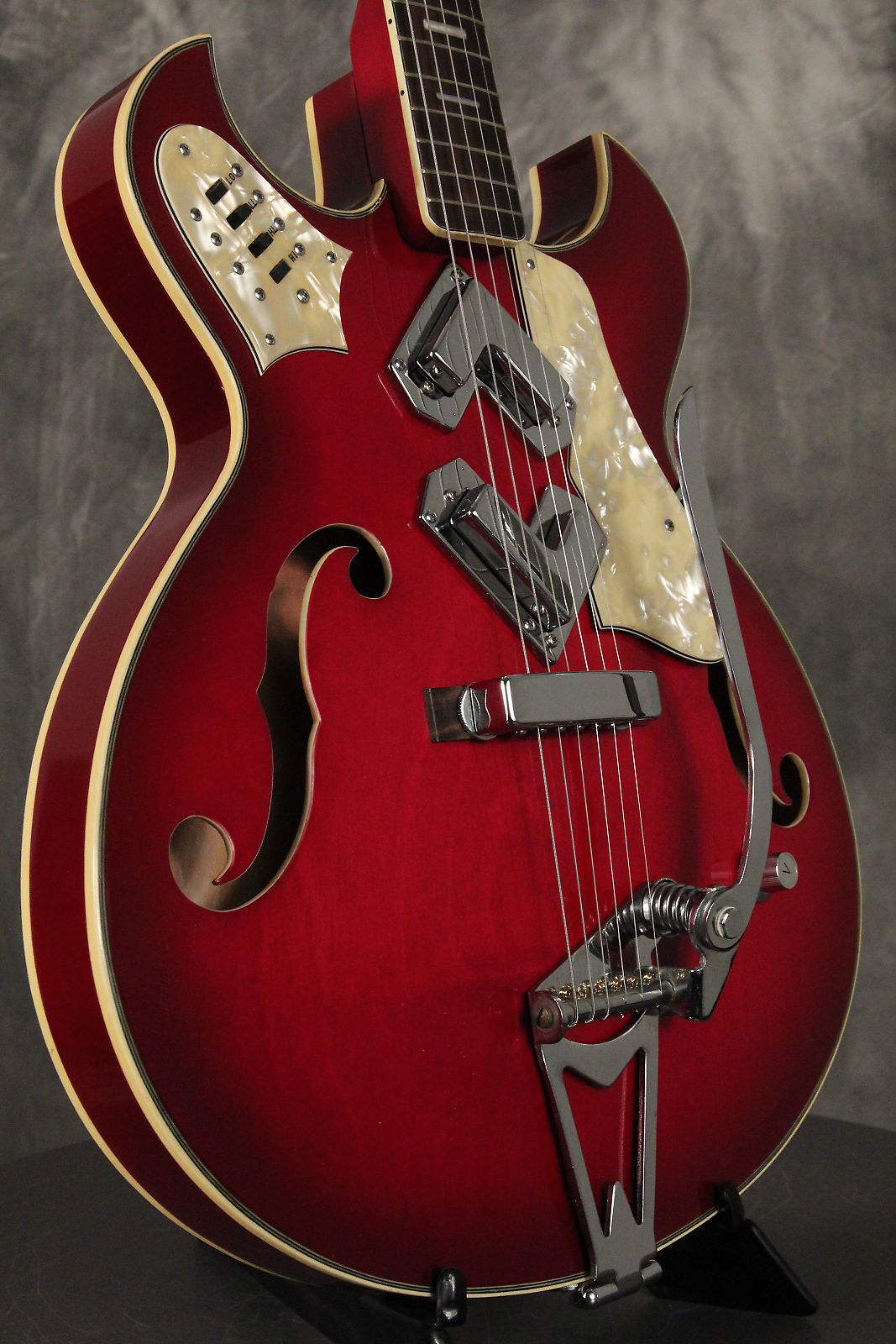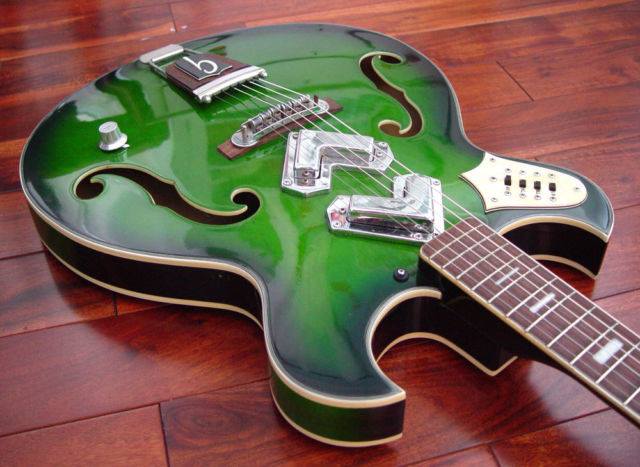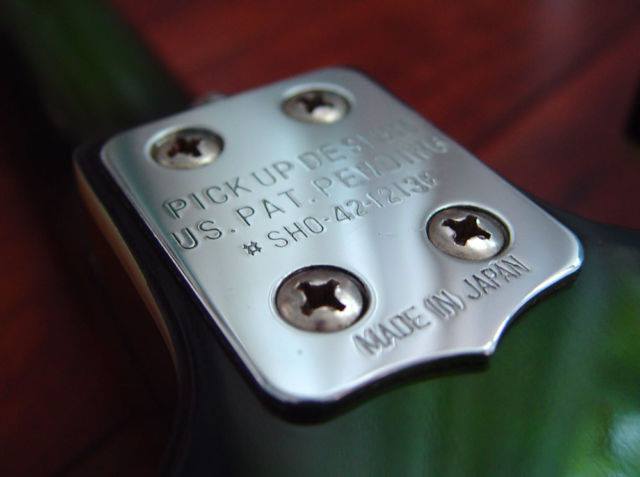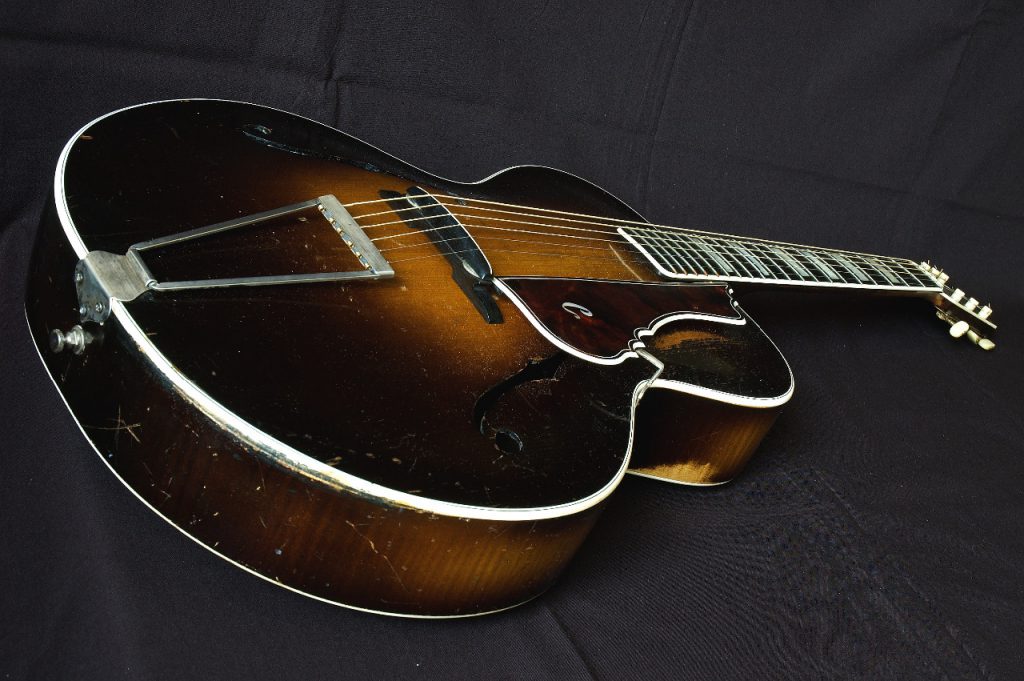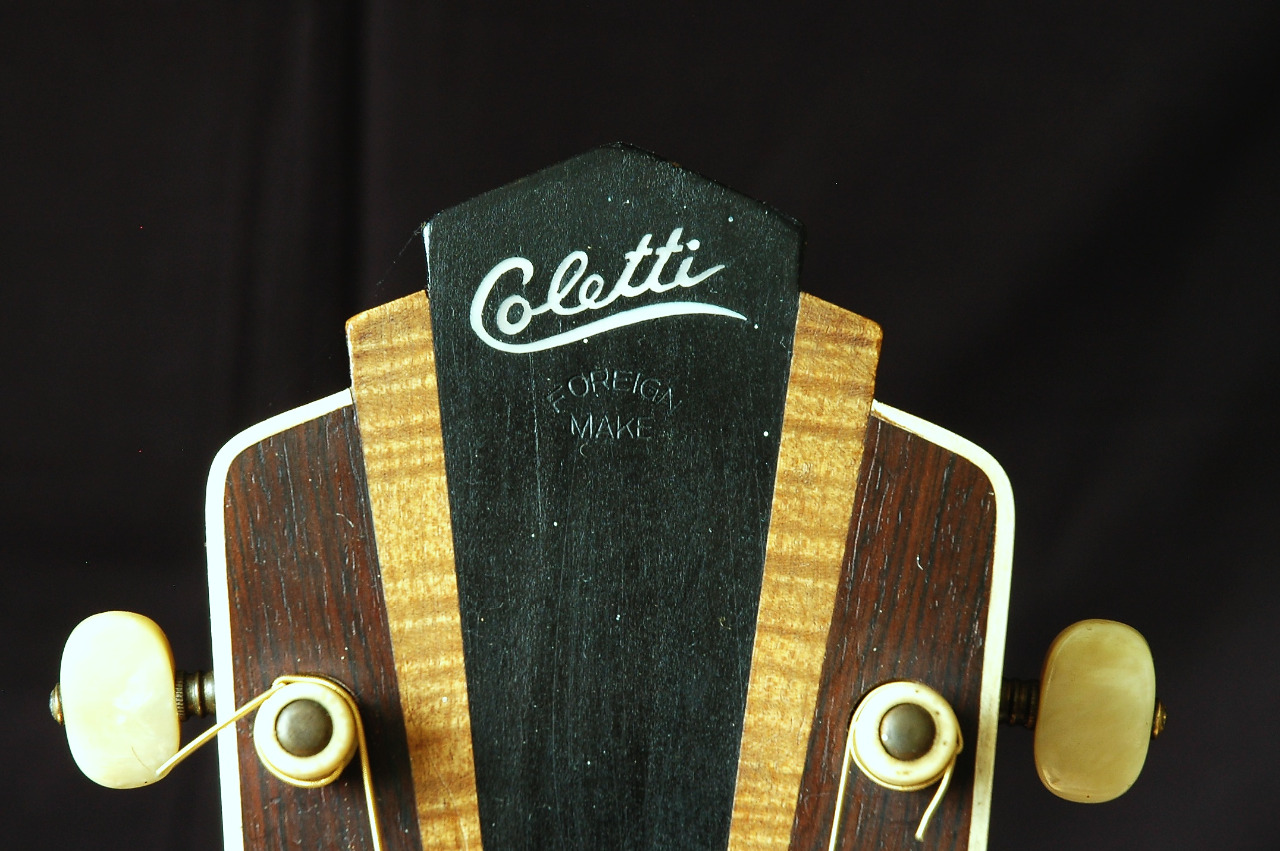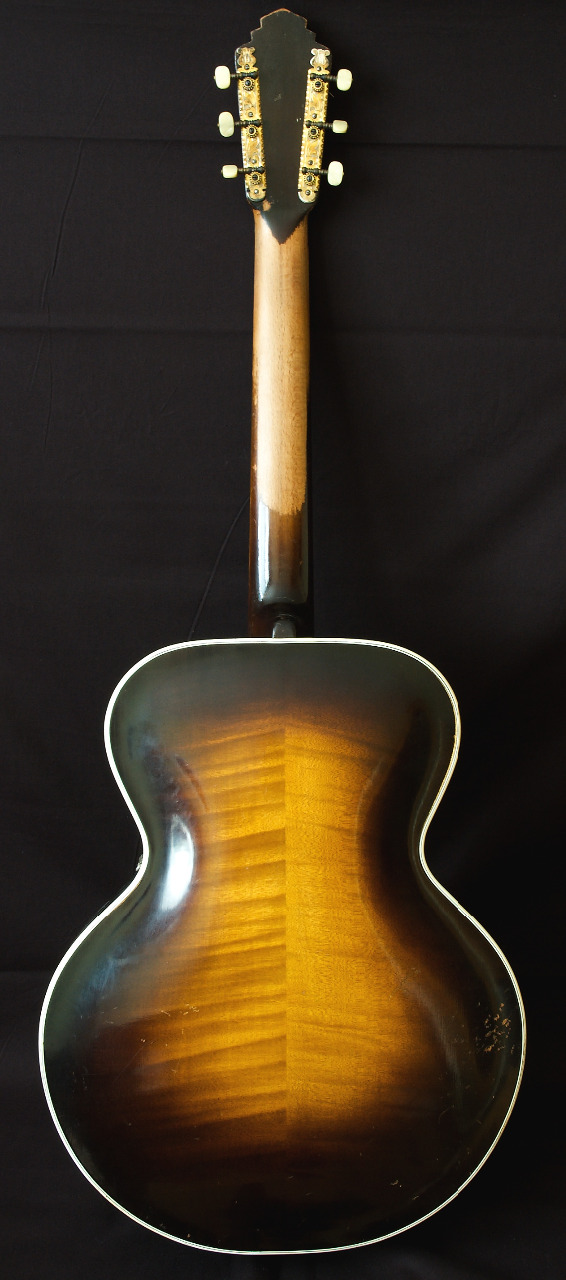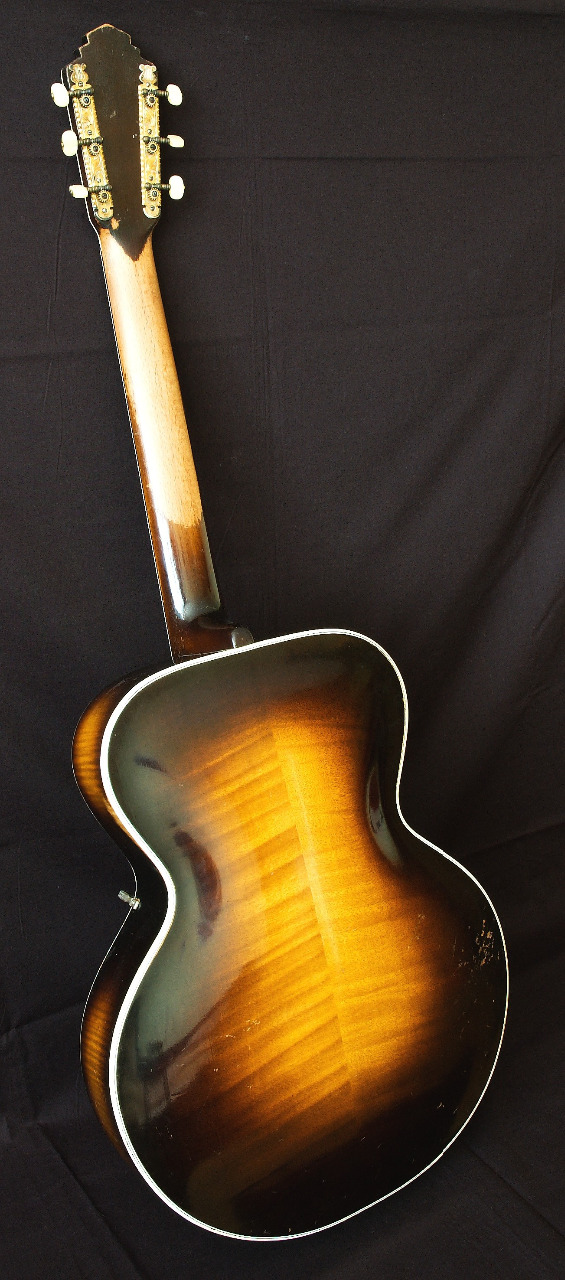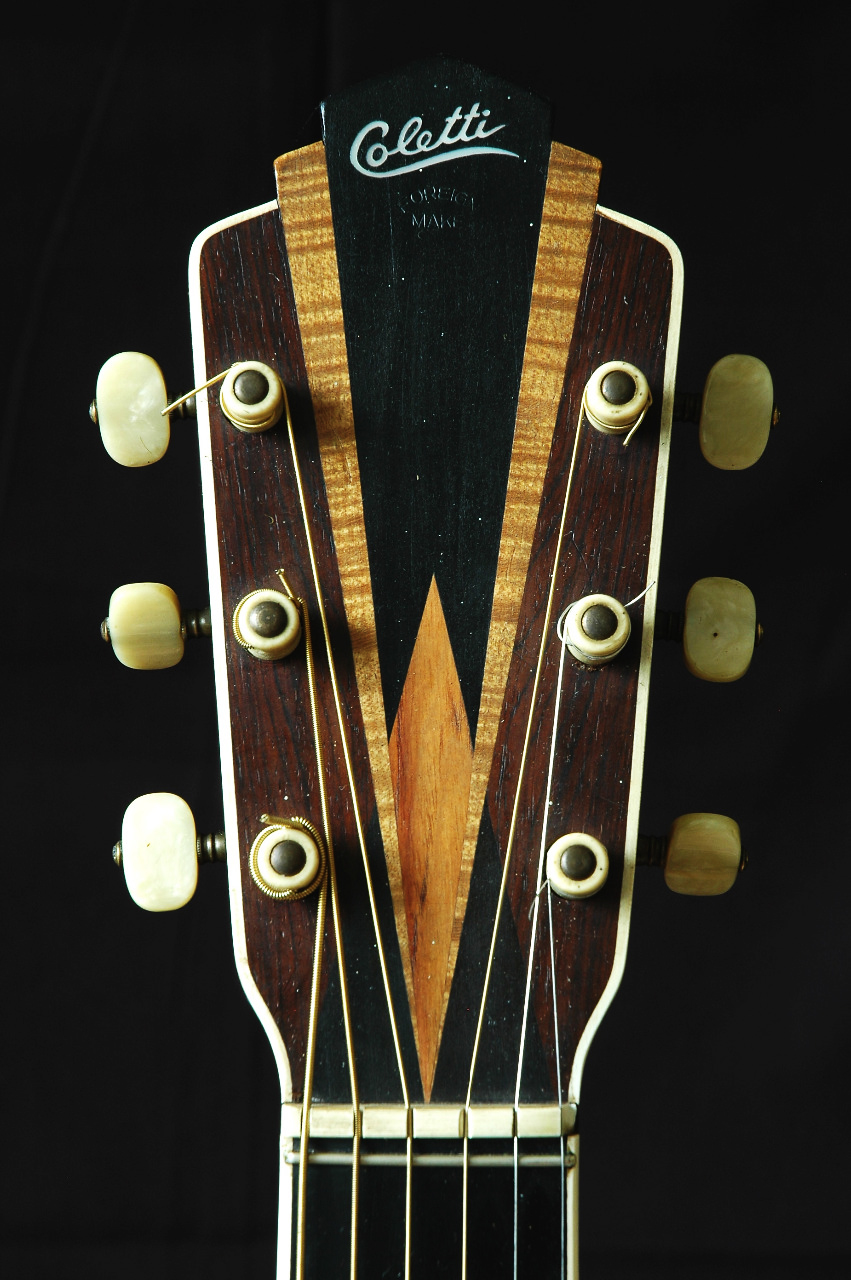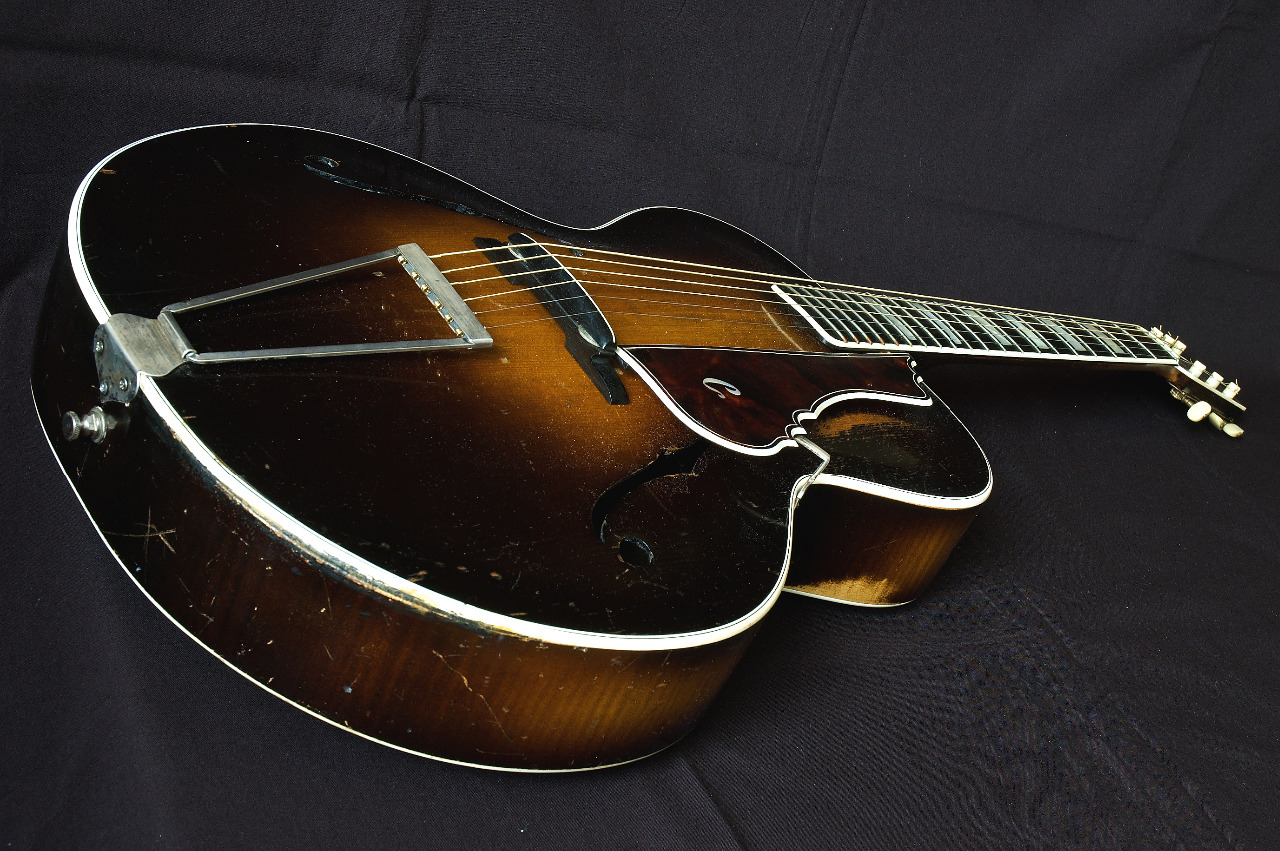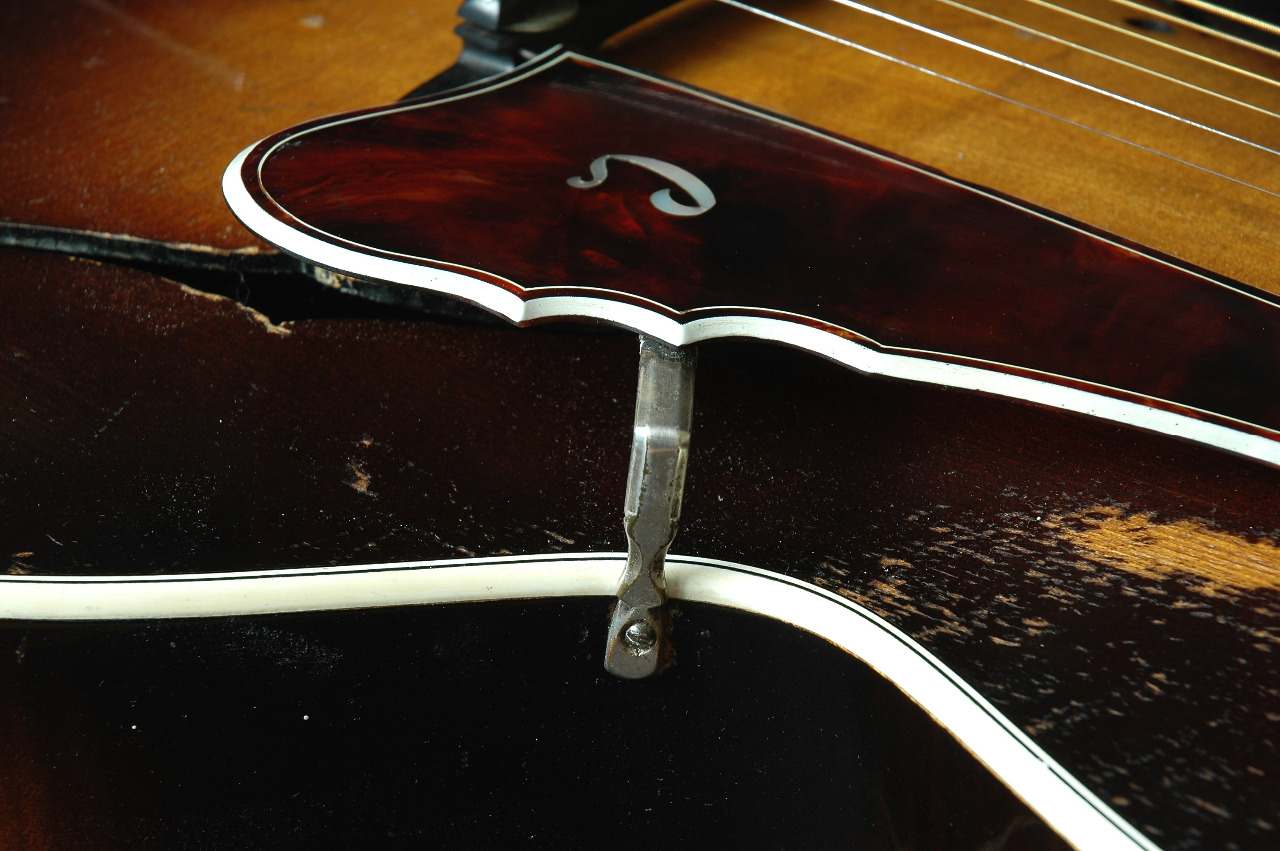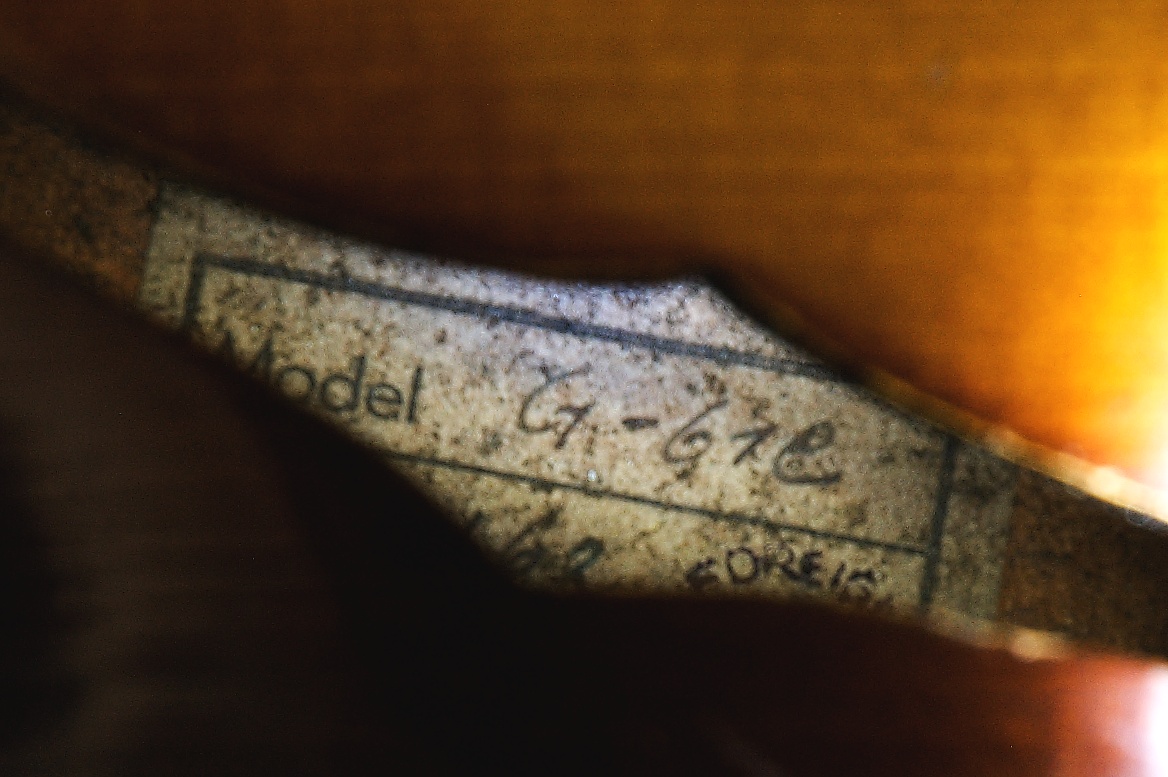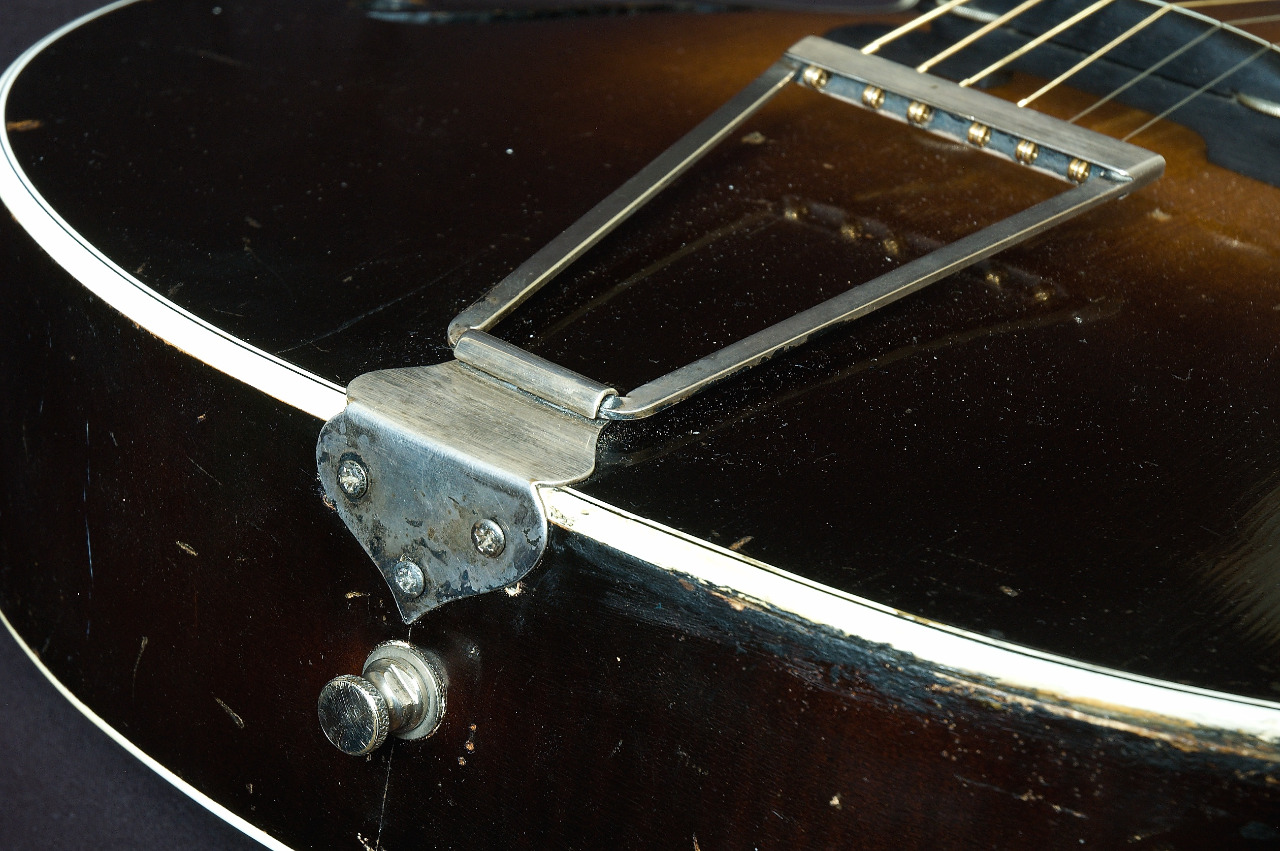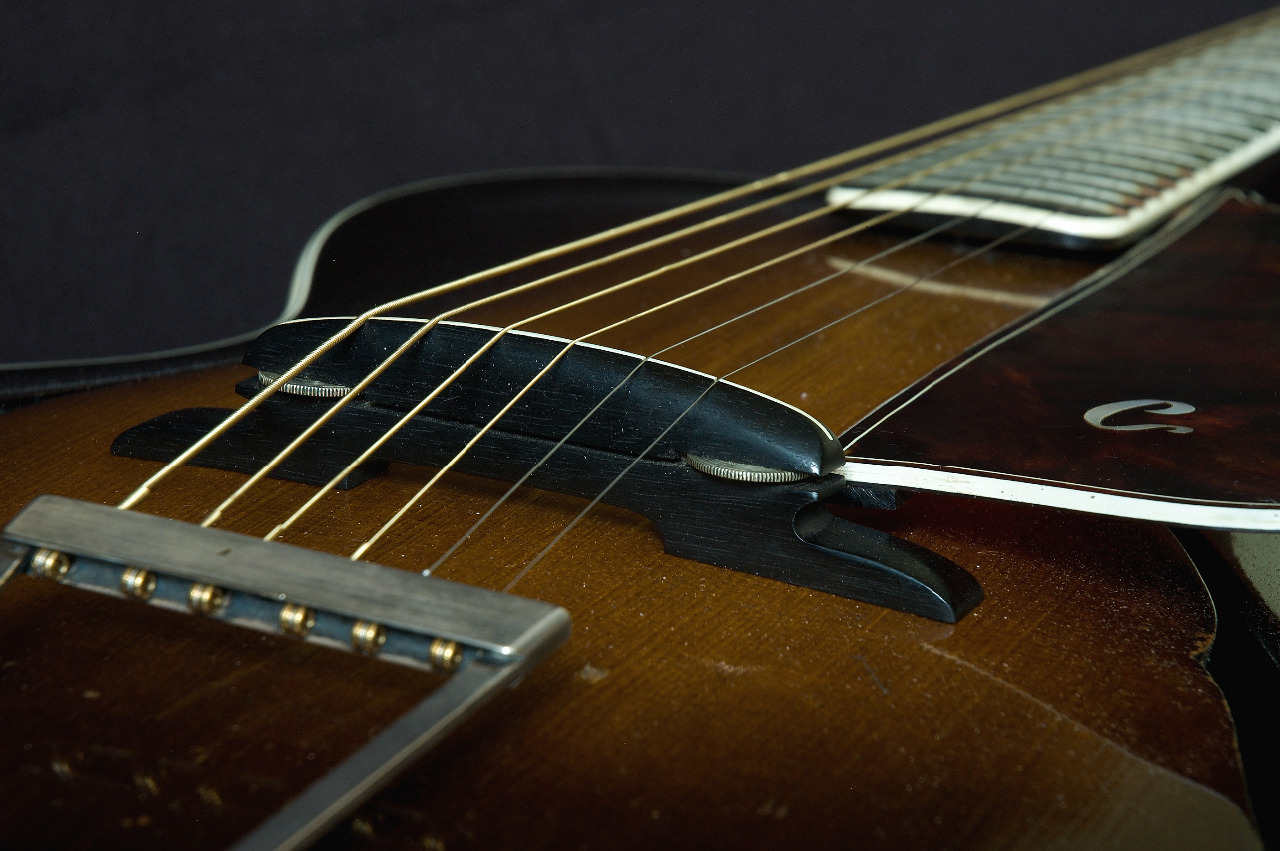
”The 60s and 70s, as we all know, were a period of enormous creative ferment for the Italian peninsula and especially for the Marche region, where the large numbers of the creative and manufacturing sectors of the musical instrument industry were located.
Lorenzo
And it was thanks to the ingenuity and creativity of people like Oliviero Pigini and Remo Serrangeli (Eko guitars department), Terzino Ilari (EME and Eko electronic department), Aldo Paci and Giuseppe Censori (Eko electronics department), Carlo Lucarelli (Farfisa, who he left in 1976 to open Siel), Giovanni Livieri (CRB), Bravi and Jura (Crumar synth), Orsetti and Pannelli (Crumar organs), Elio Zamorato (Farfisa, Elka), Alfredo Gioielli (founder of Pari and Milton), Marcello Colò (test driver and creative for CRB, Elka, Gem – Generalmusic, Ketron), Sandro Marchetti (EME, EF-EL, Logan) that the Marche instruments that invaded the market were created, leaving a mark that is still indelible today.
Behind what are, together with the Jen, the most famous pedals of Italian production, lies the mind of Sandro Marchetti, a multifaceted electronic technician and mechanic from the Marche region. Fortunately, we were able to contact Sandro to ask him to reveal the secrets of these still mysterious effect pedals and he, with great kindness and availability, accepted and finally here is the whole story of the creation of these mythical effects:
C2V: “Sandro, how did your adventure in the field of musical instruments begin?”
SM: “Well, I started in 1960 with the MET (Micro Electro Technique) of Carlo Baldoni (MET, Logan, GIS, EF-EL) as a designer of direct current electric motors with 6 pole expansions that were to be used for tape recorders, which were the devices that were “in fashion” at the time. These engines were given to Phonola but in the meantime the market had changed and the Fonovaligie (portable turntables) started to spread, so I was forced to design a 3 expansions motor suitable for the Phonola cases, for which I also patented an arm with counterweights. ”
C2V: “Well, the classic turntables we grew up with!”
SM: “Yes, and the suitcases initially had a problem, the needle had an arm that pressed it too hard on the record and after the first listen the record had to be thrown away. So I was forced to invent this counterweight system to reduce the arm pressure and it worked very well. Following the drop in requests for record players, that of musical instruments came out and, in addition to the mechanical and guitar electronic parts for companies such as Eko, Melody, Welson (ed. among which the beautiful conical nut stud that blocks the jack inputs that we find also in most of the Italian musical products of the time), I created volume pedals for most of the organ producers in the area (Crumar, Elgam, Logan, Moreschi, etc.) and from there I started the design and construction of various effect pedals inspired by those on the market at the time but also boxes to be inserted directly into the guitar input, including preamps, bass and treble boosters and other effects.”
C2V: “And here we are at the pedals …”
SM: “Yes, one of the very first was the wah with distortion, which was the most popular, and the various distortions. Then we did the Phasing, which was unique compared to the others as to create the phase shift of the sound we used FET transistors (field-effect transistors) which were all selected, (The other producers did not do this and consequently the rotation of their effects wasn’t good). Instead, we, using the selected FETs, had obtained a perfect modulation. Later we saw that by inputting the output signal into the phasing input, it resulted in an active filter that produced an effect similar to a synthesizer and we called it Super Phasing. Although the names were Cosmosound, Silversound and Goldsound, the pedals had the same circuits but the aesthetics and the name were varied according to the requests of the various countries’ distributors.”
(The interview continues in the second part)





